
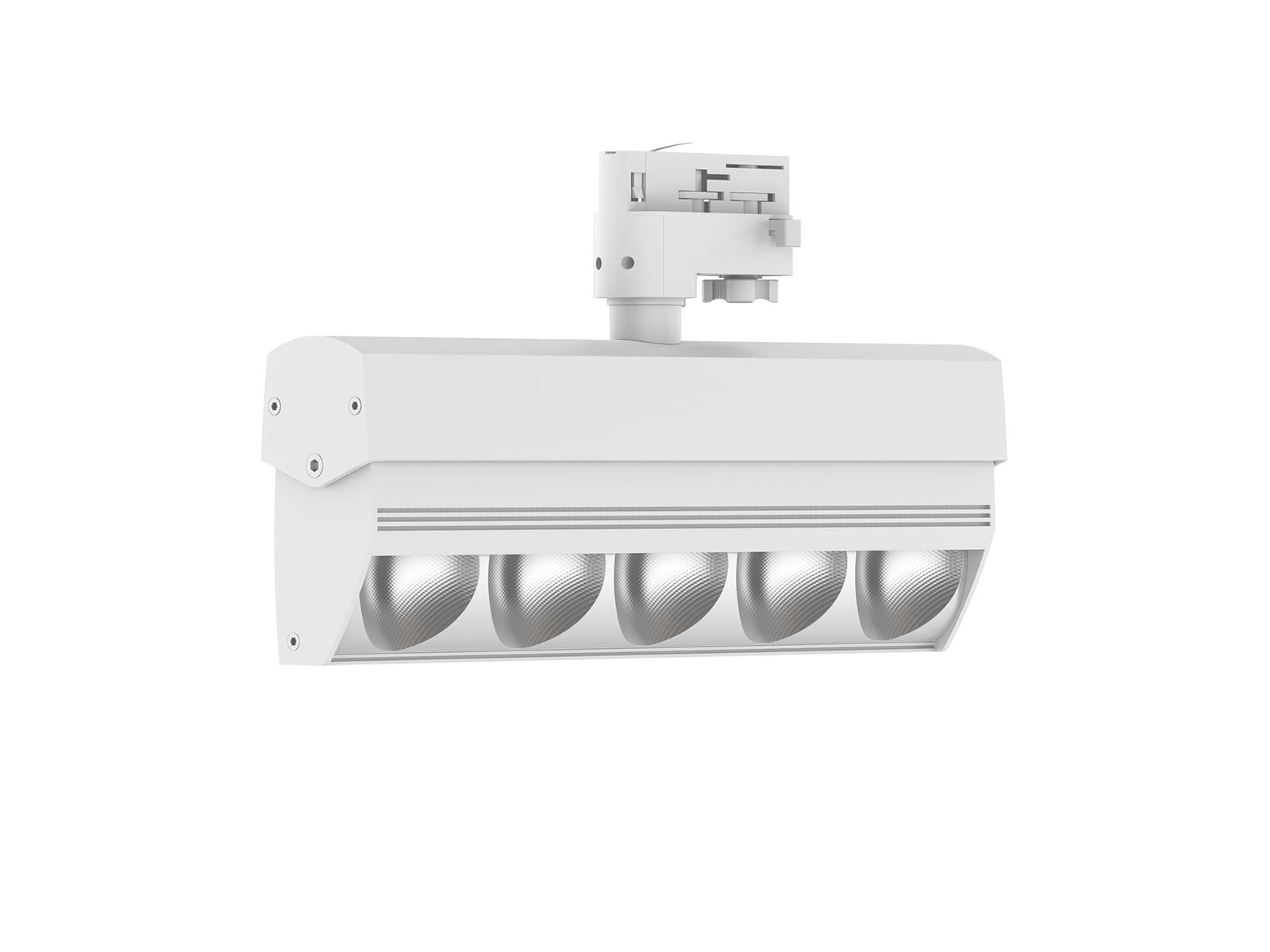
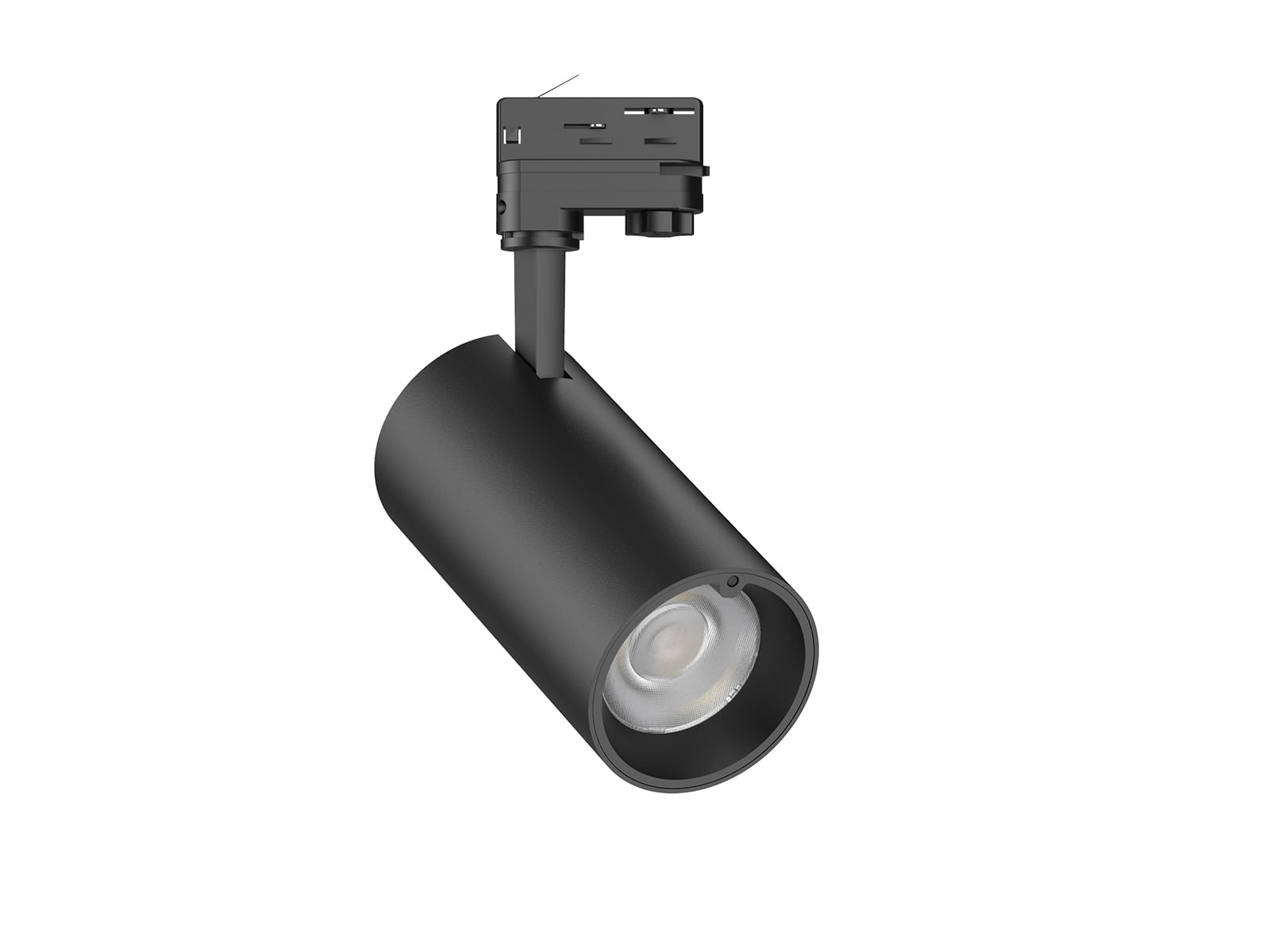
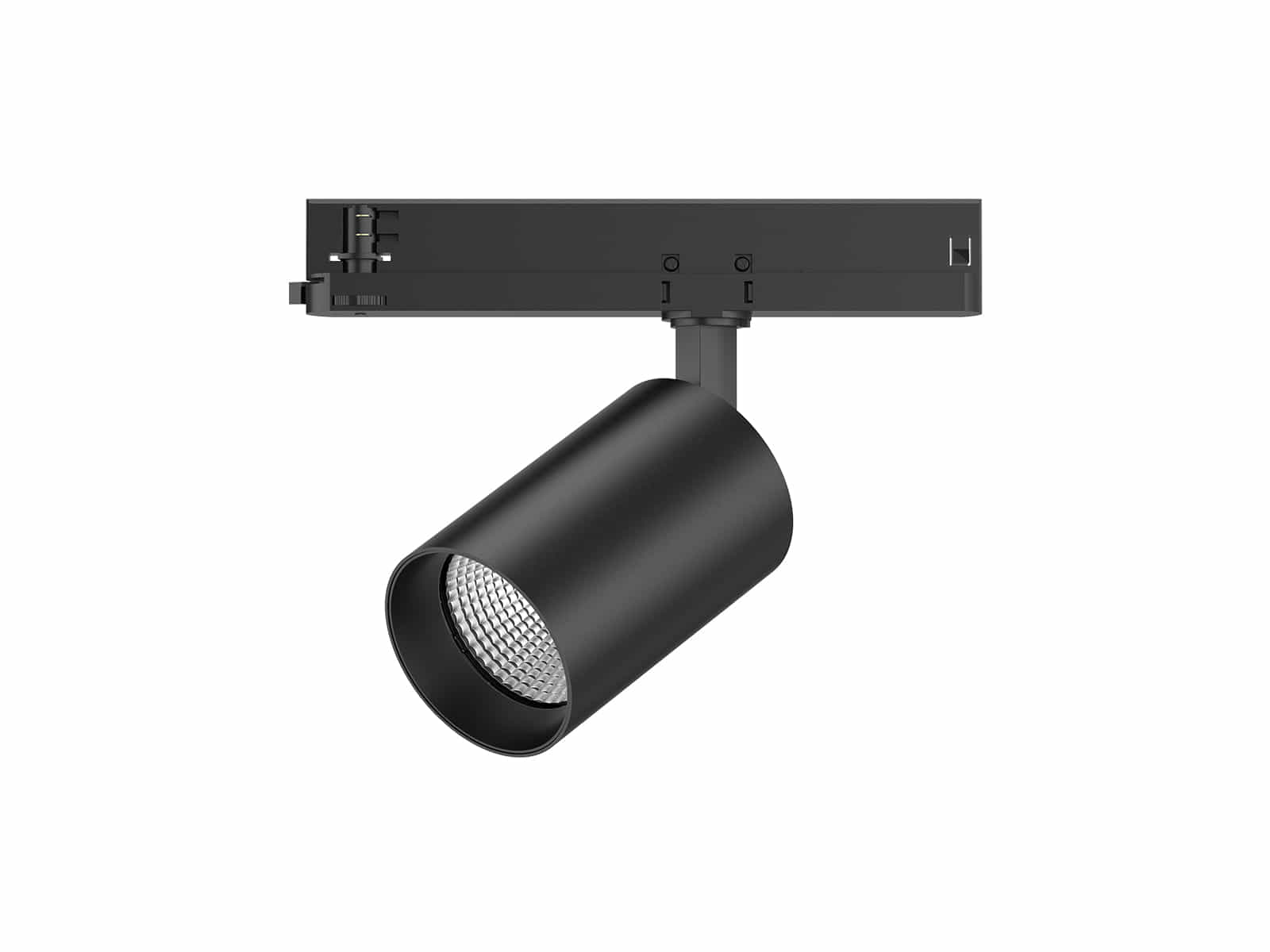
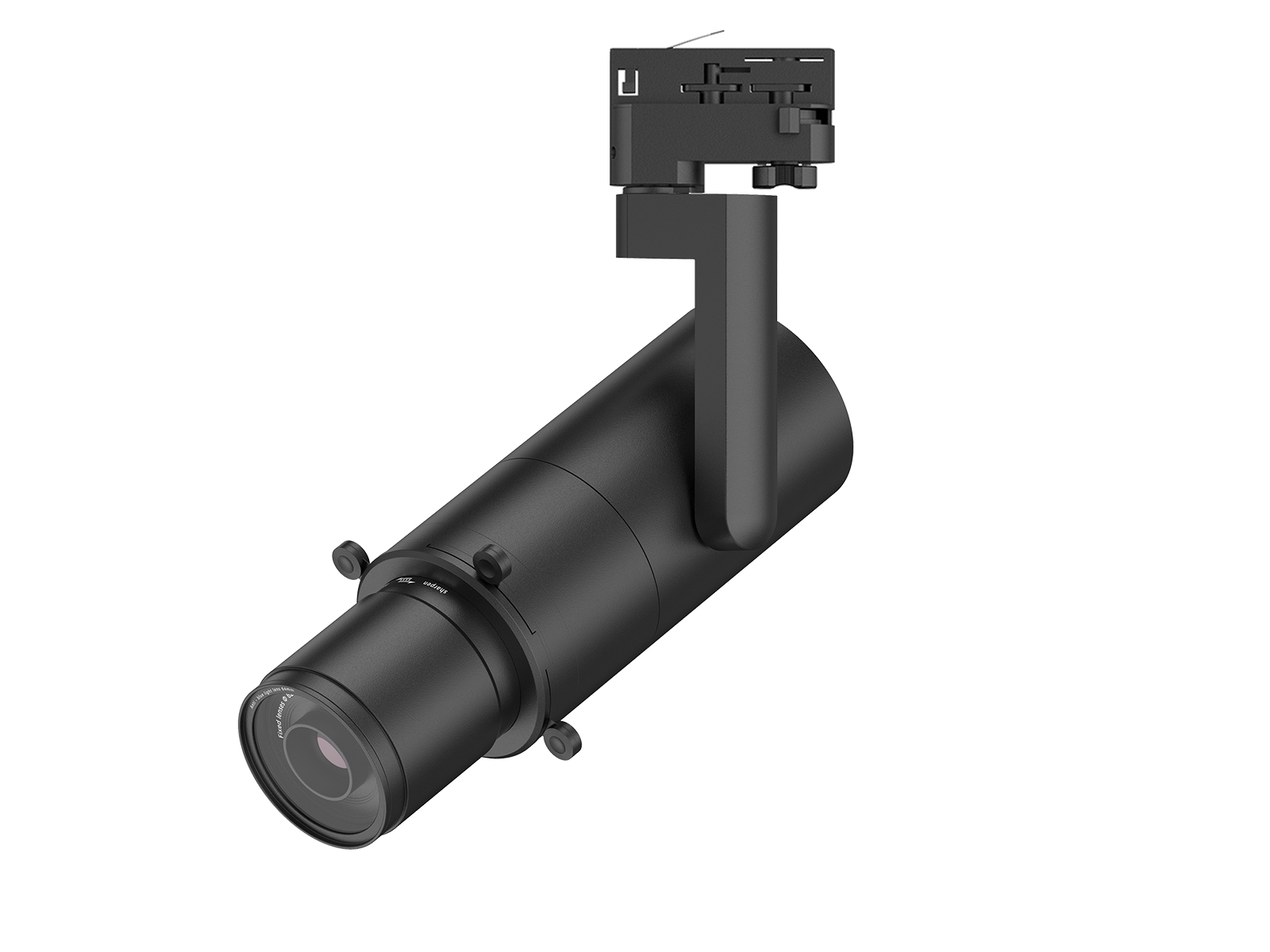
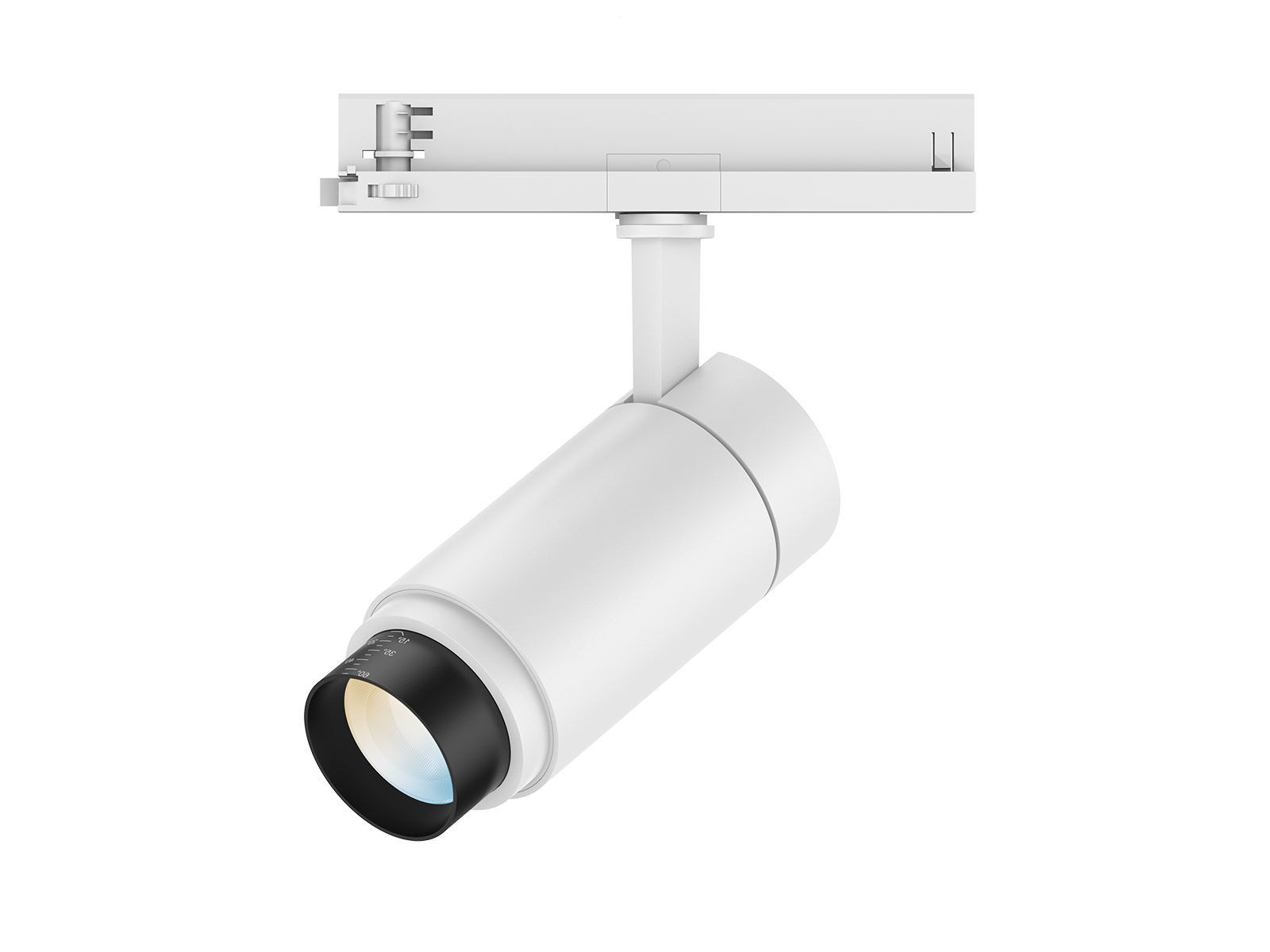
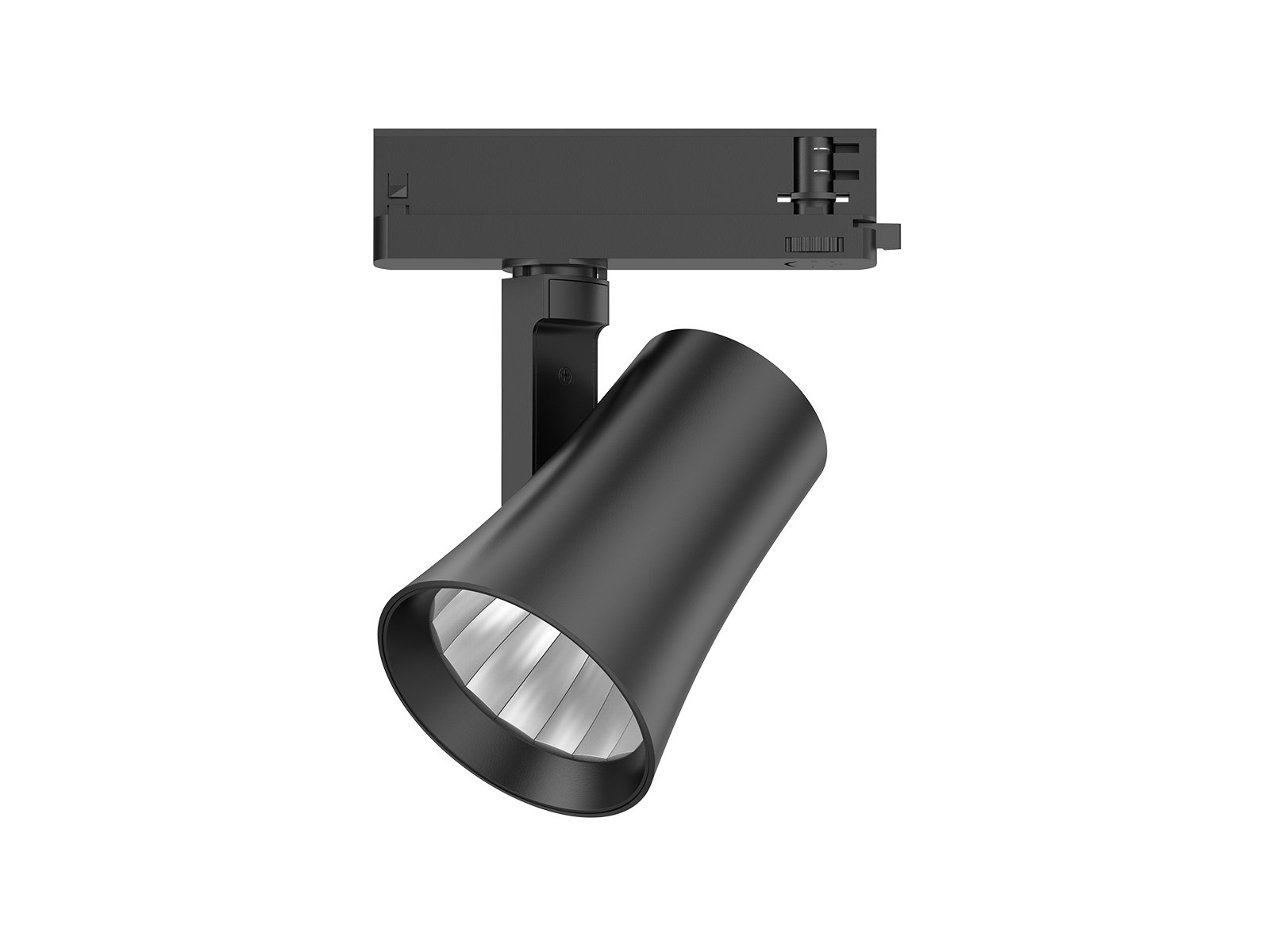
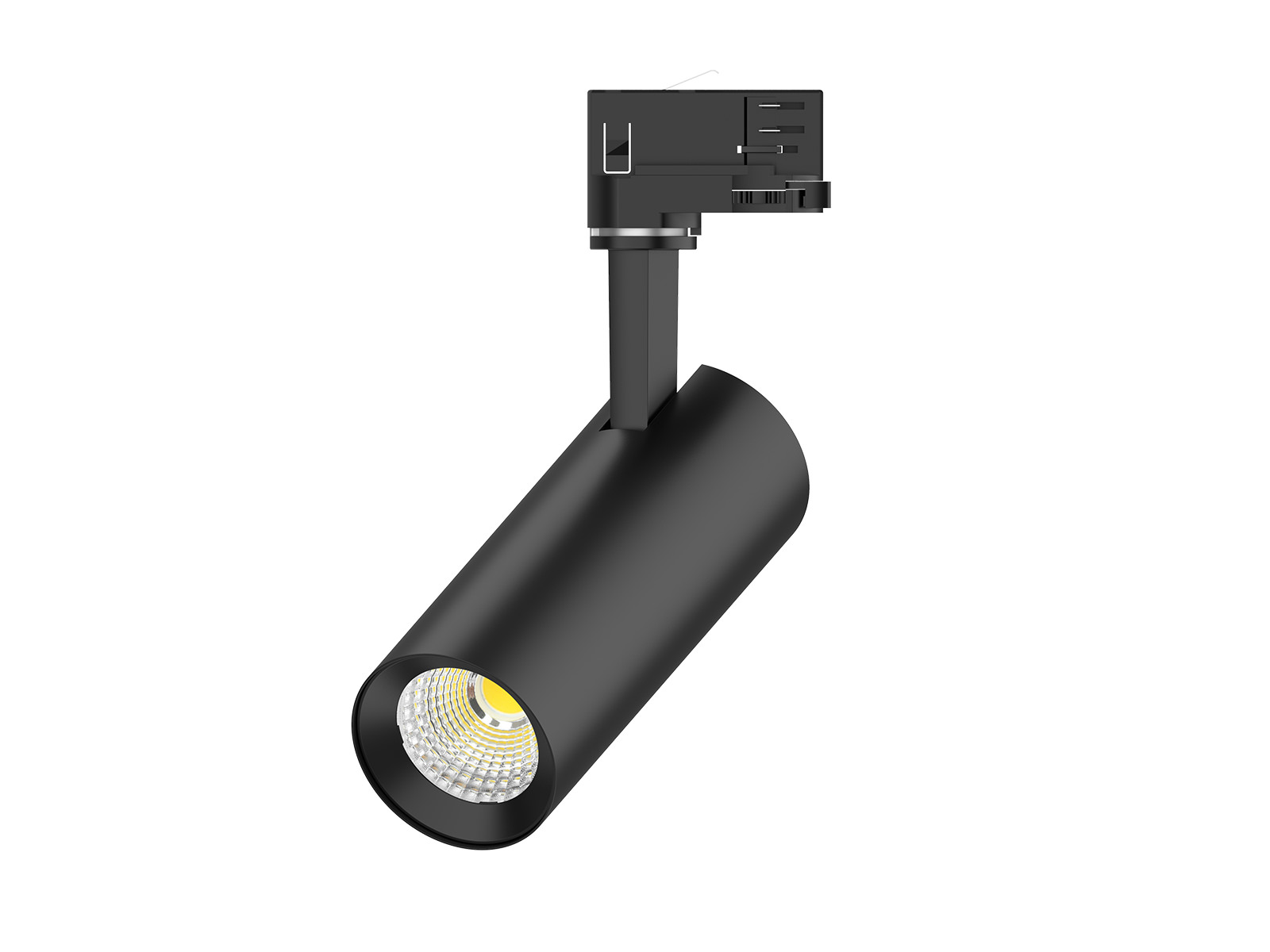
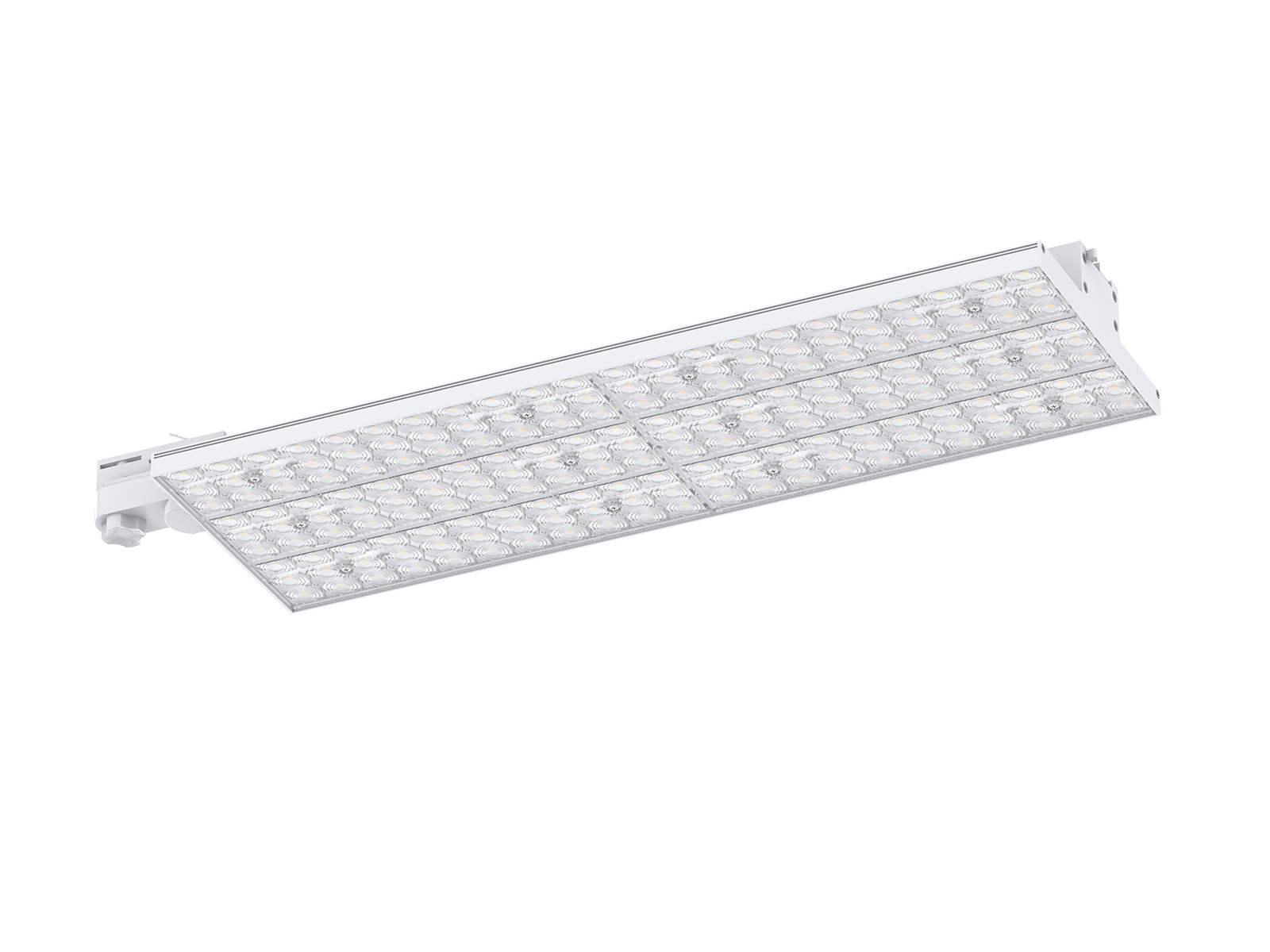
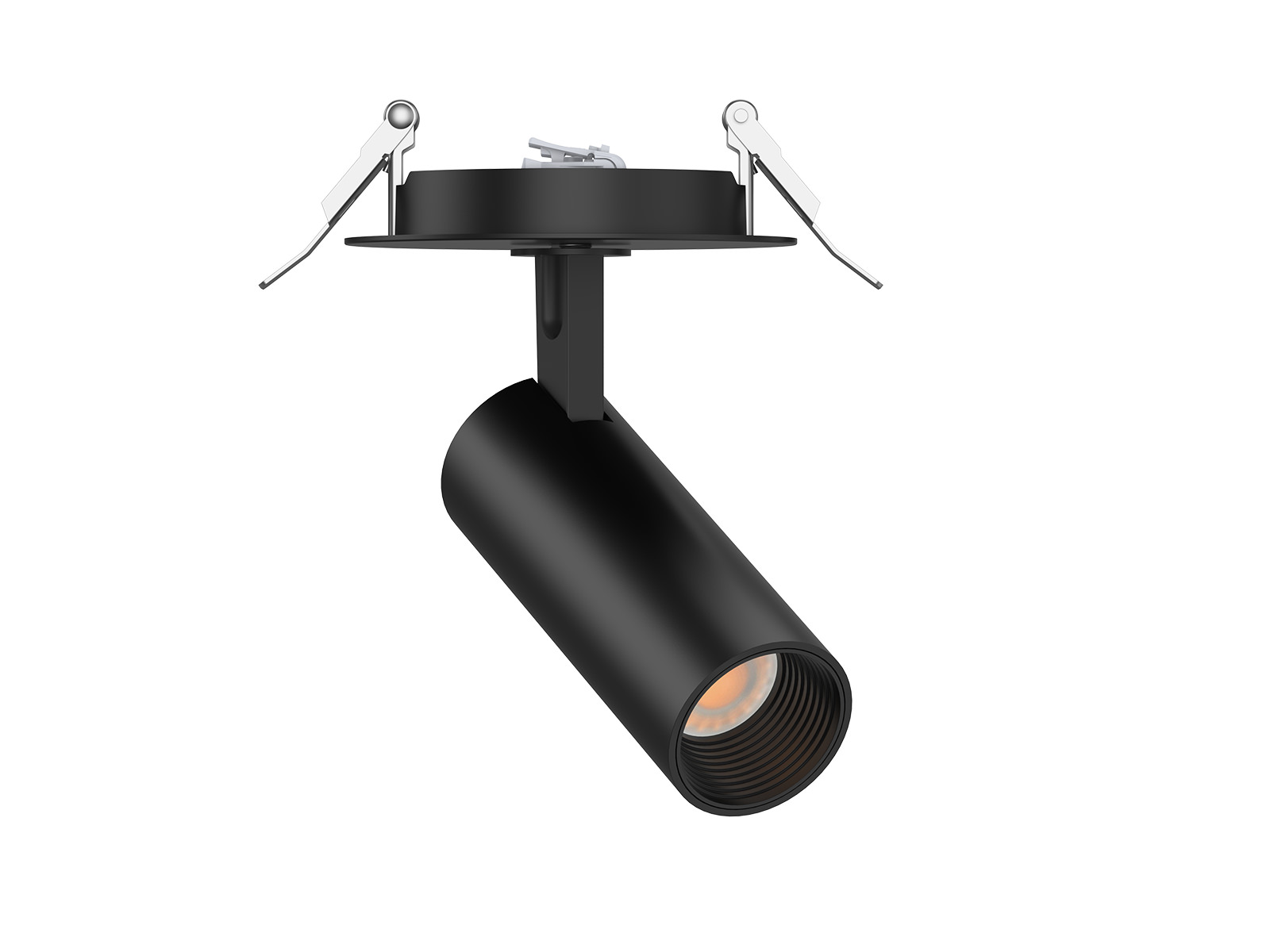
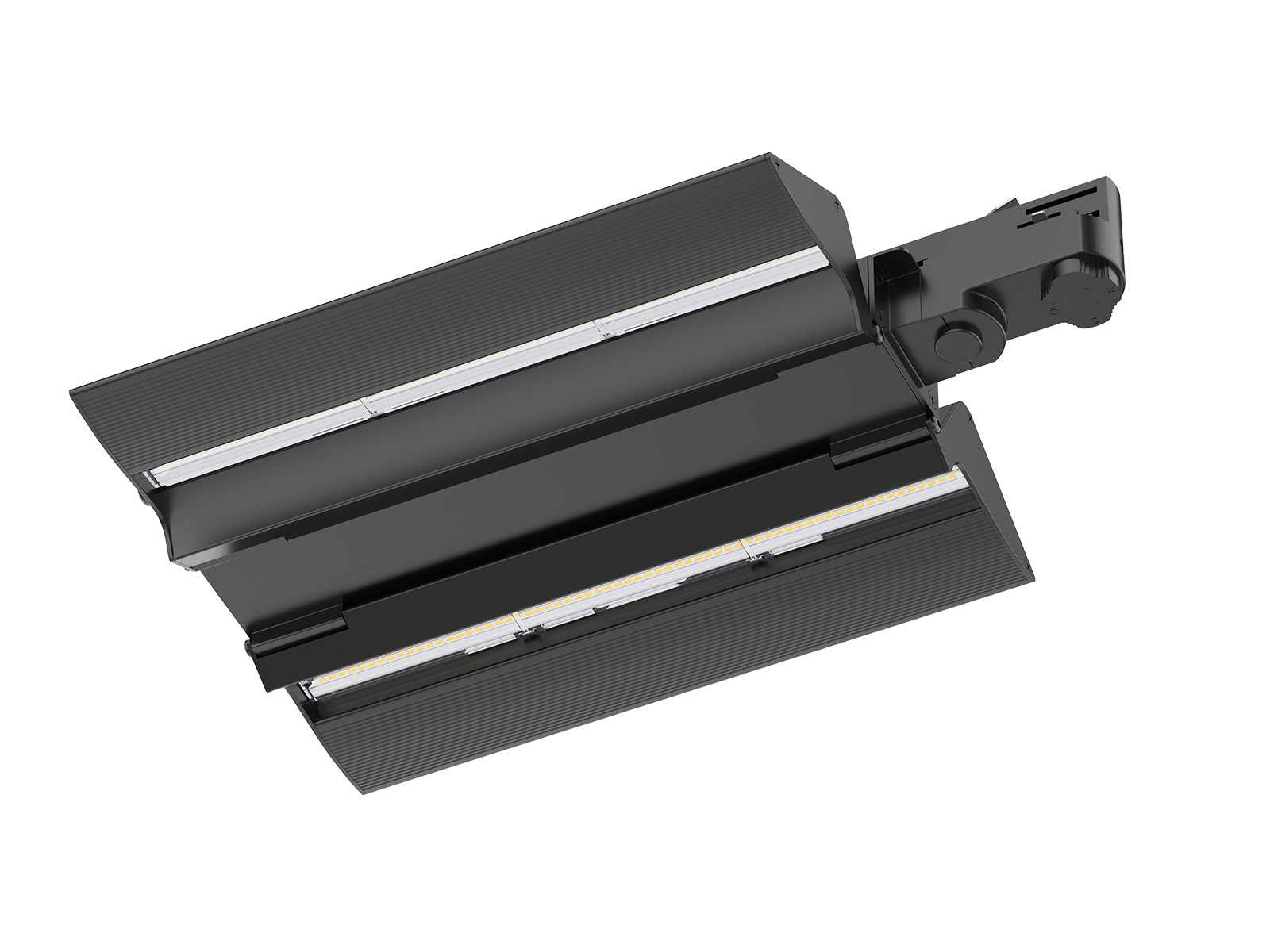
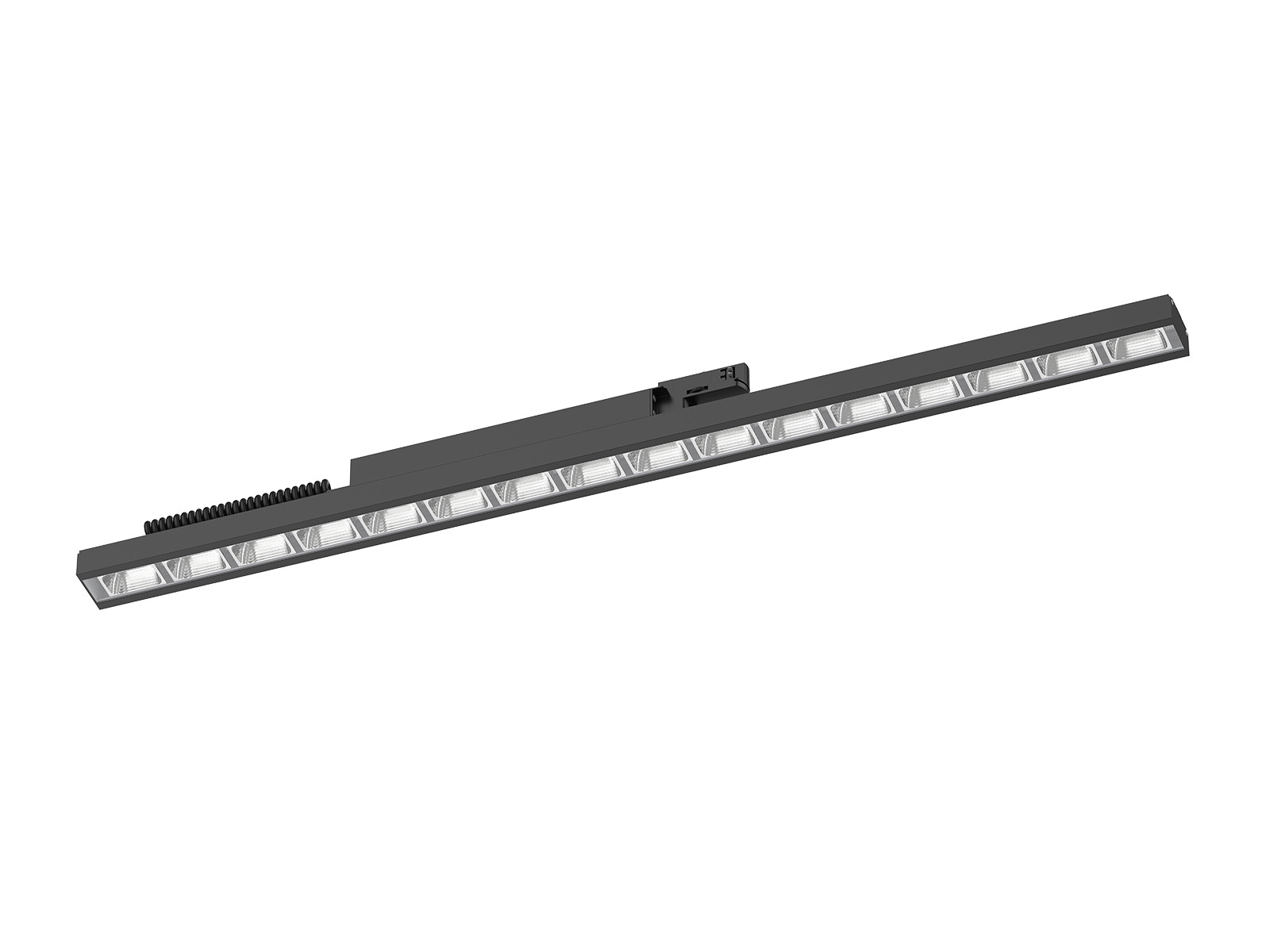
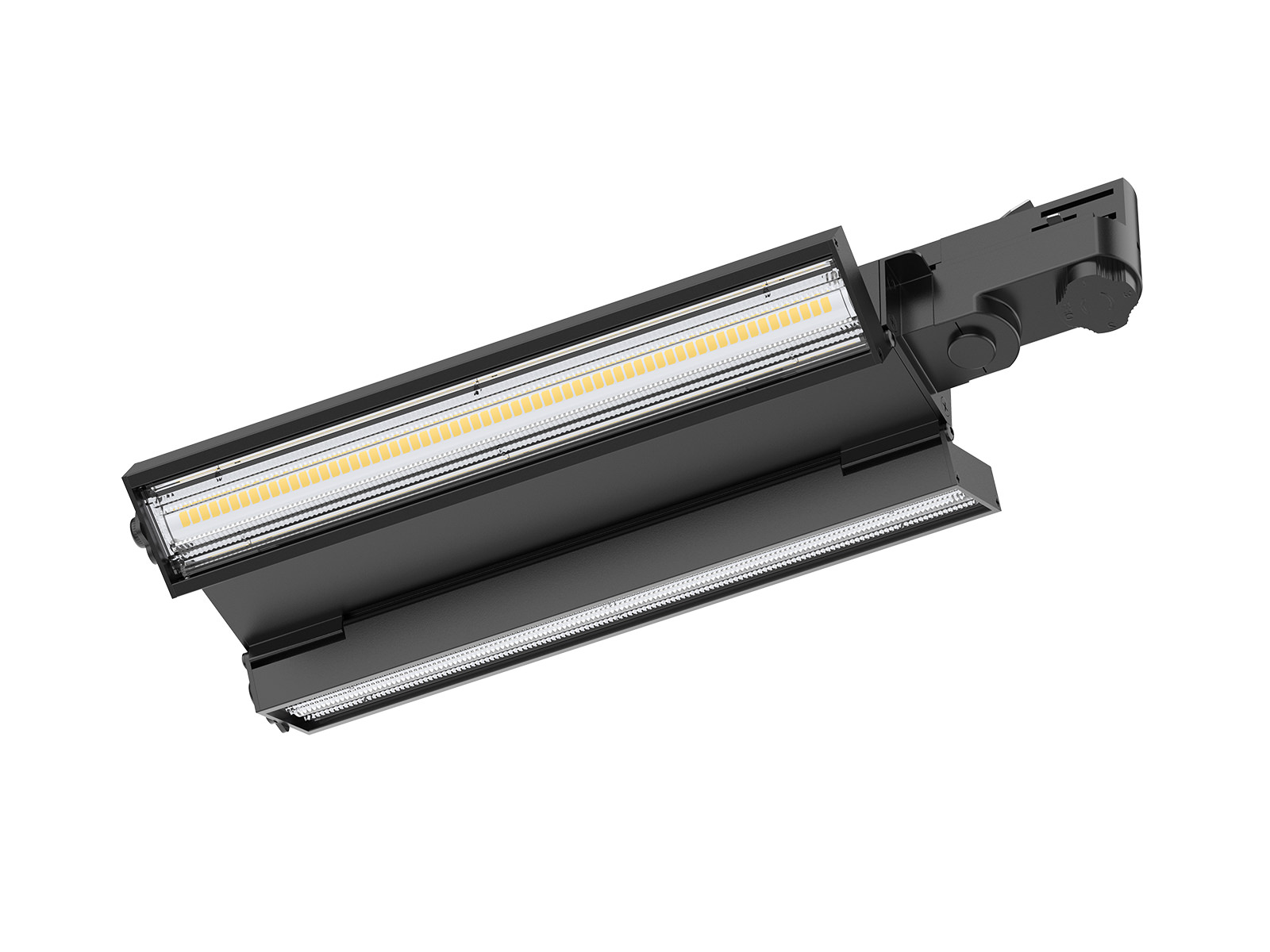
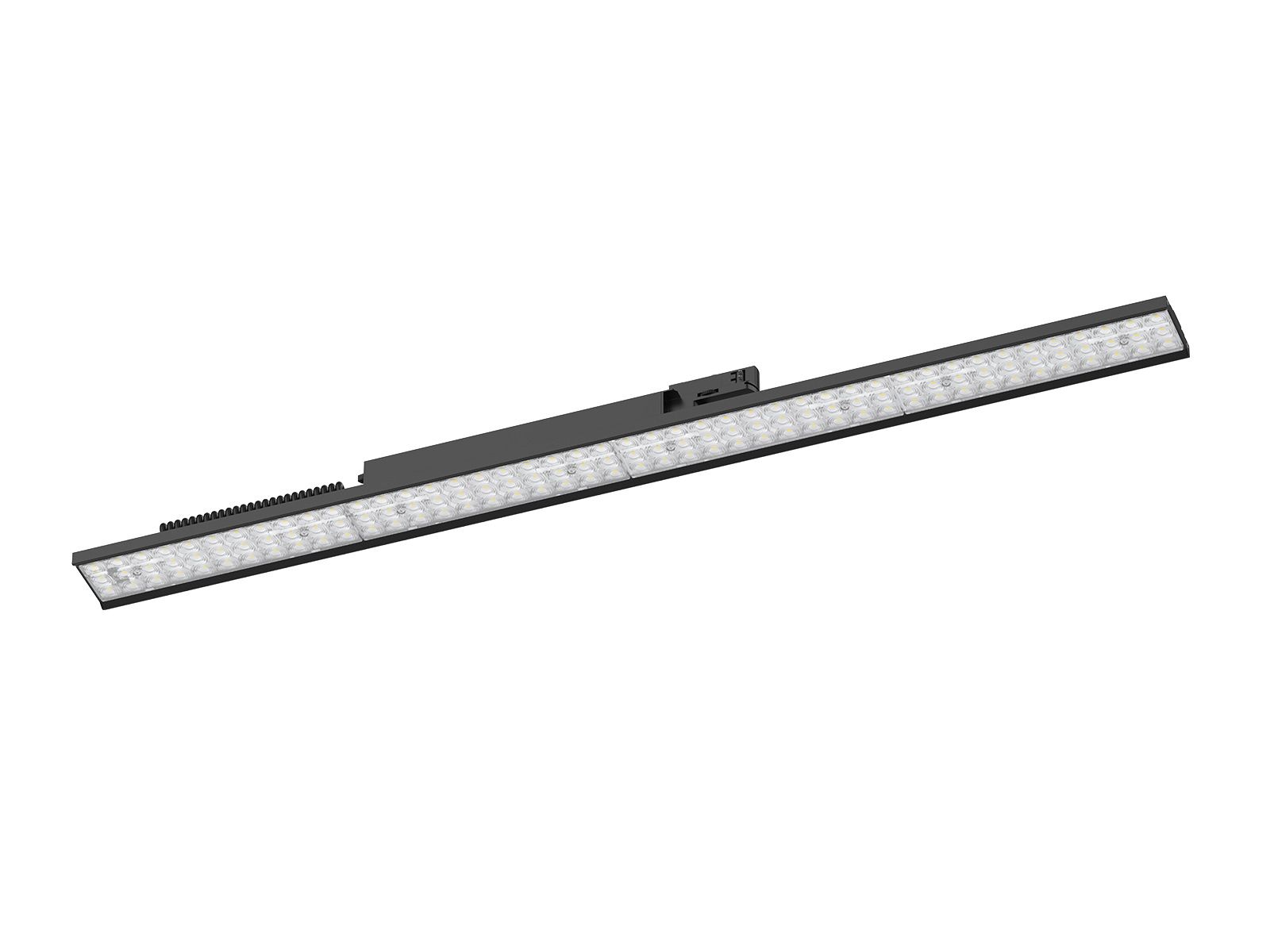
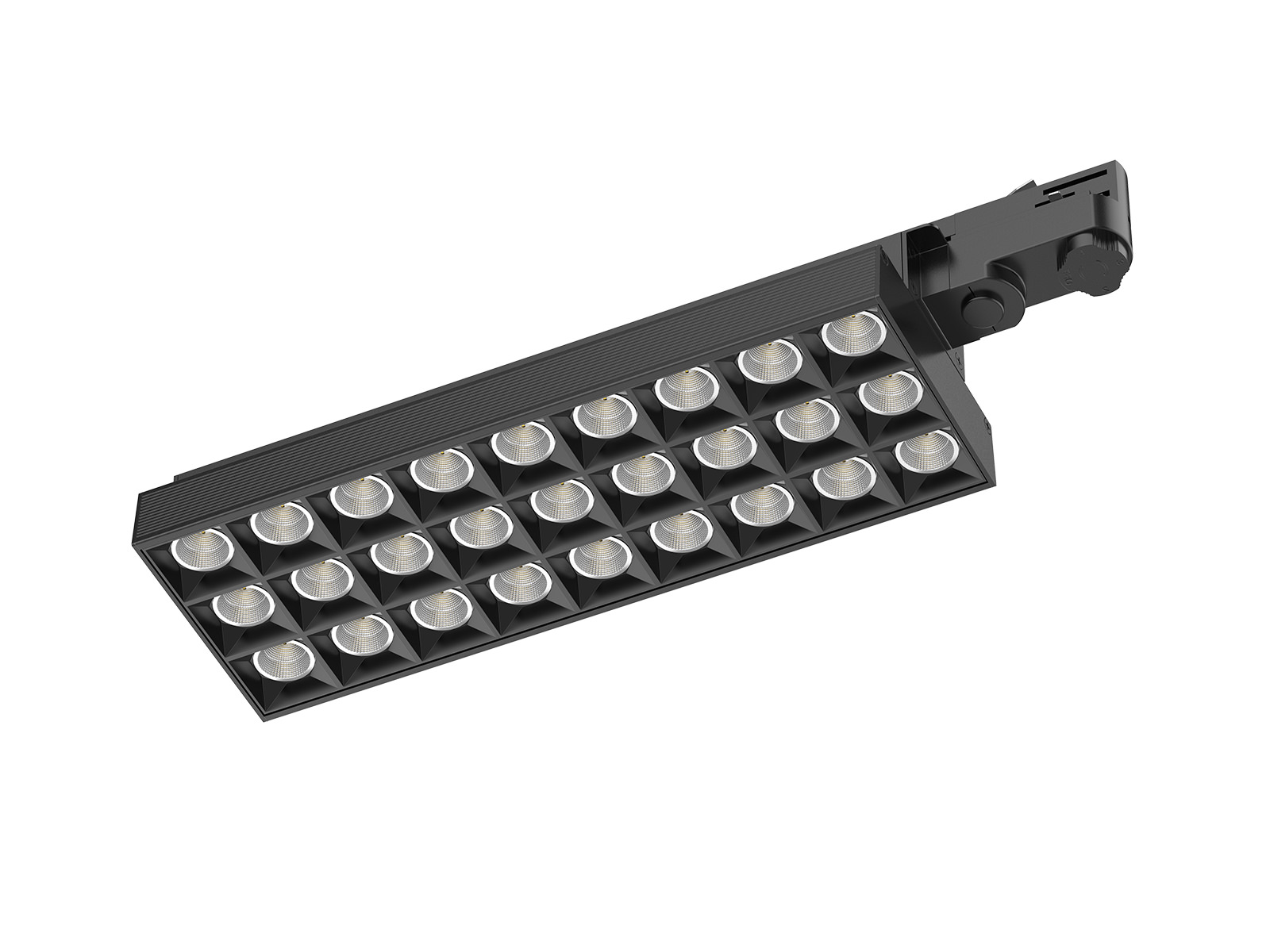
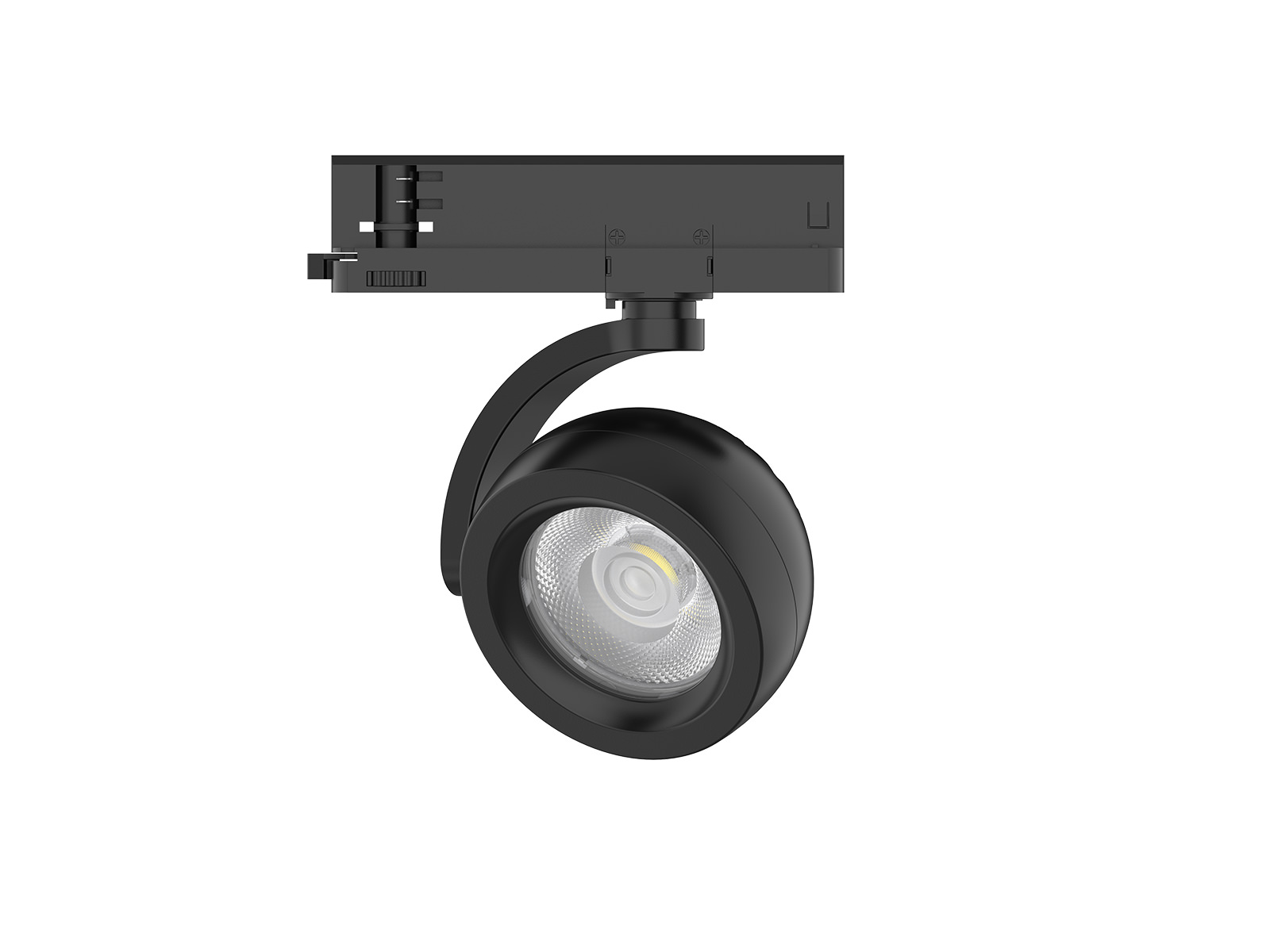
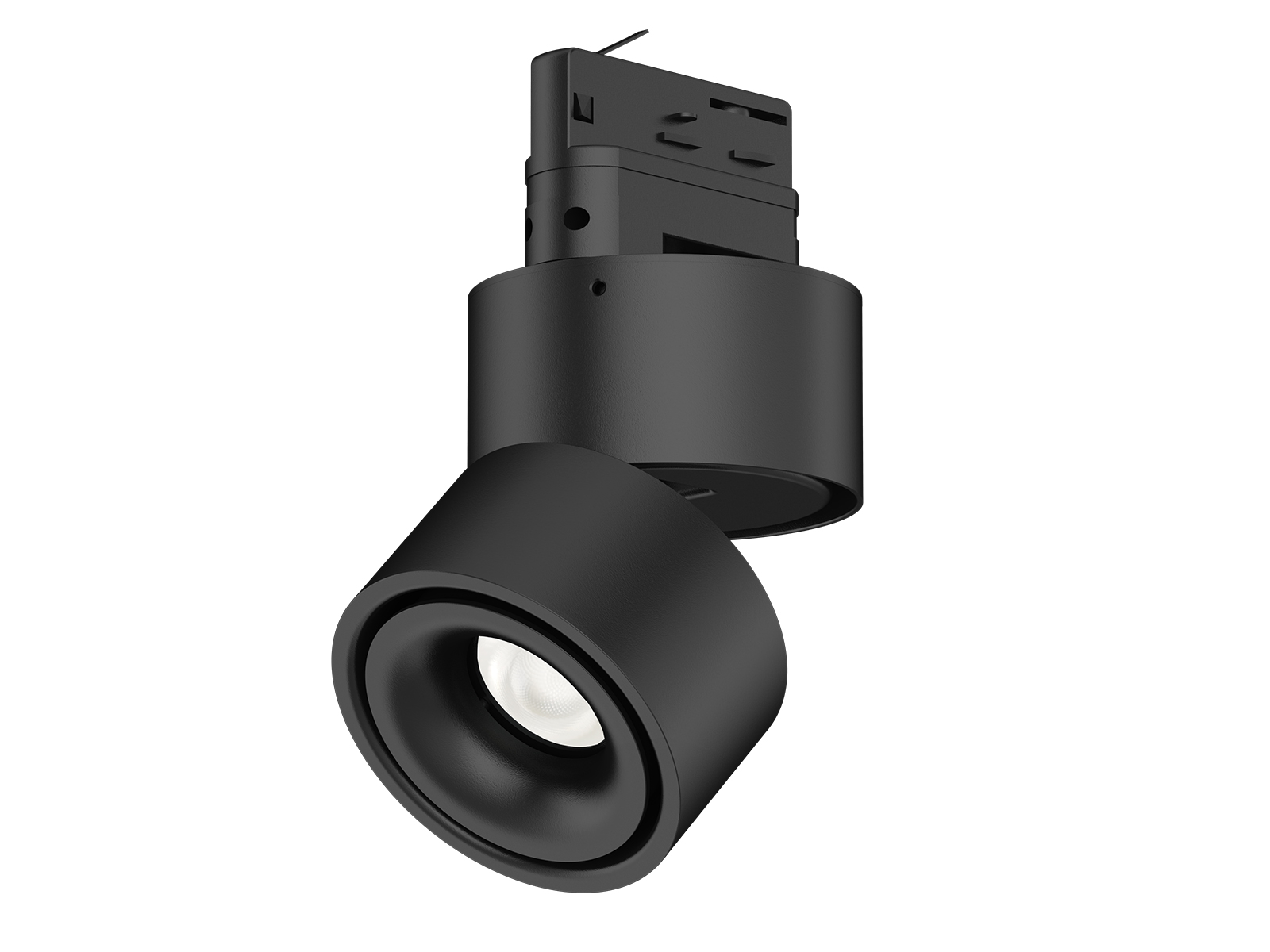
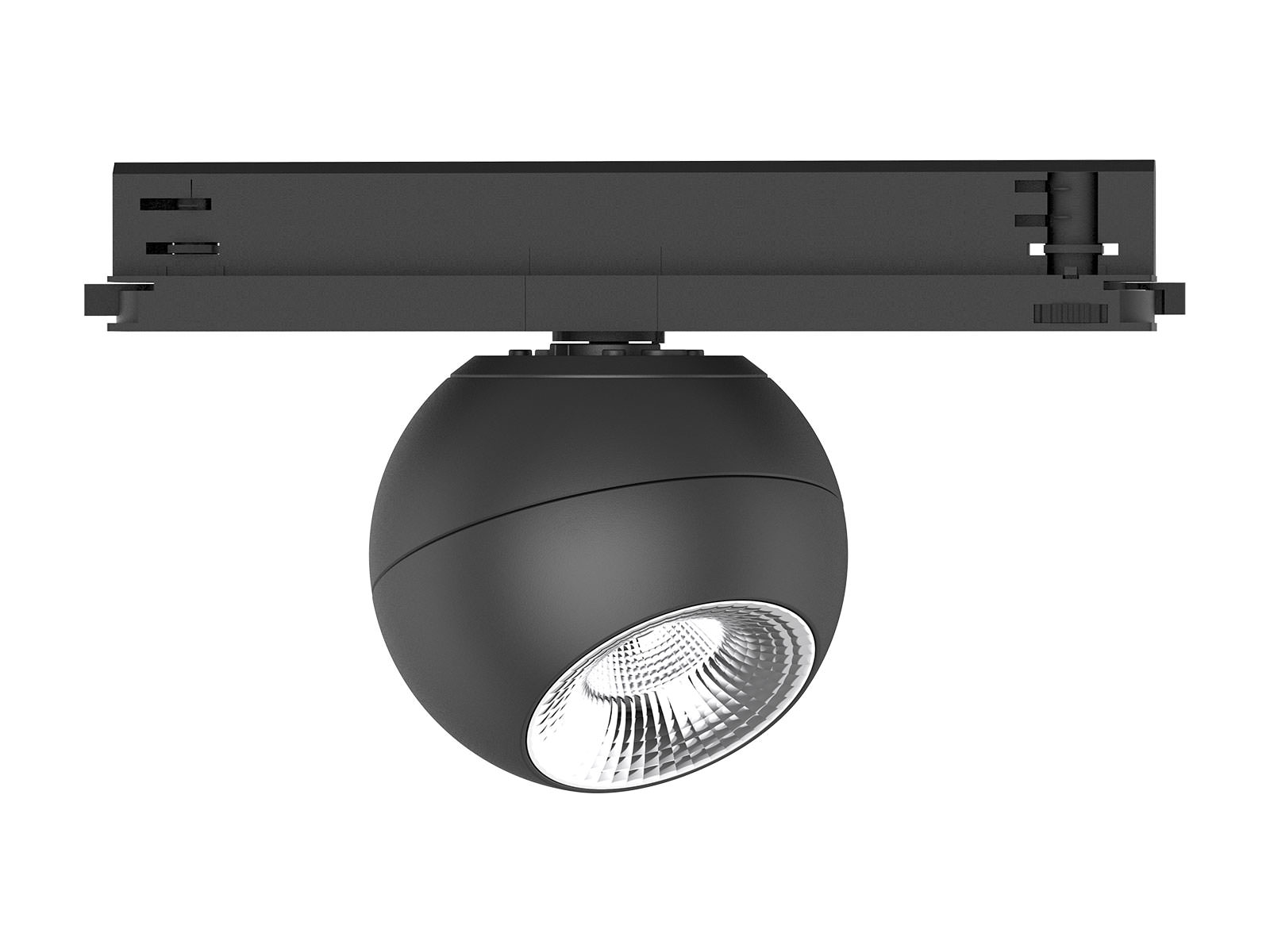
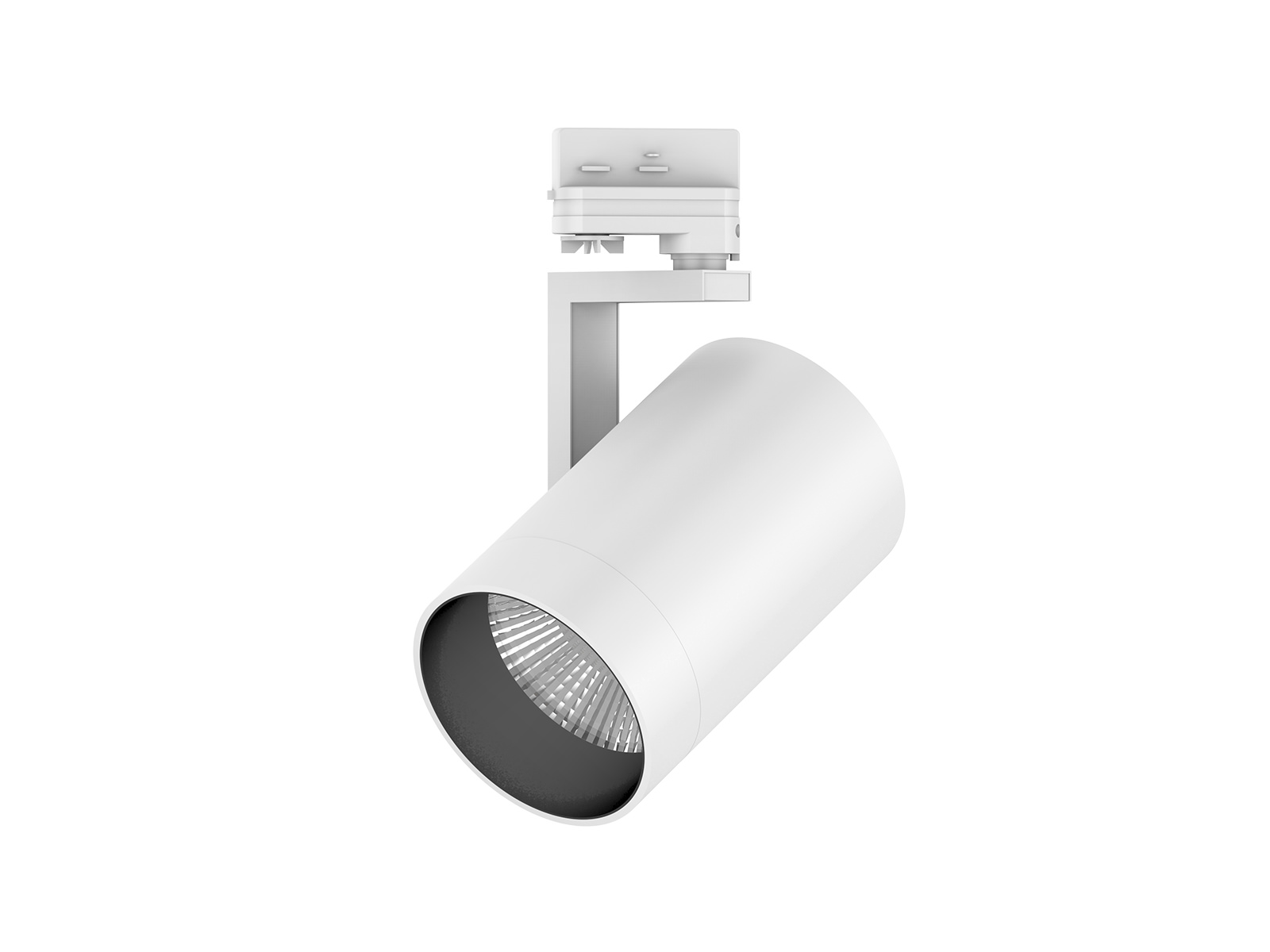
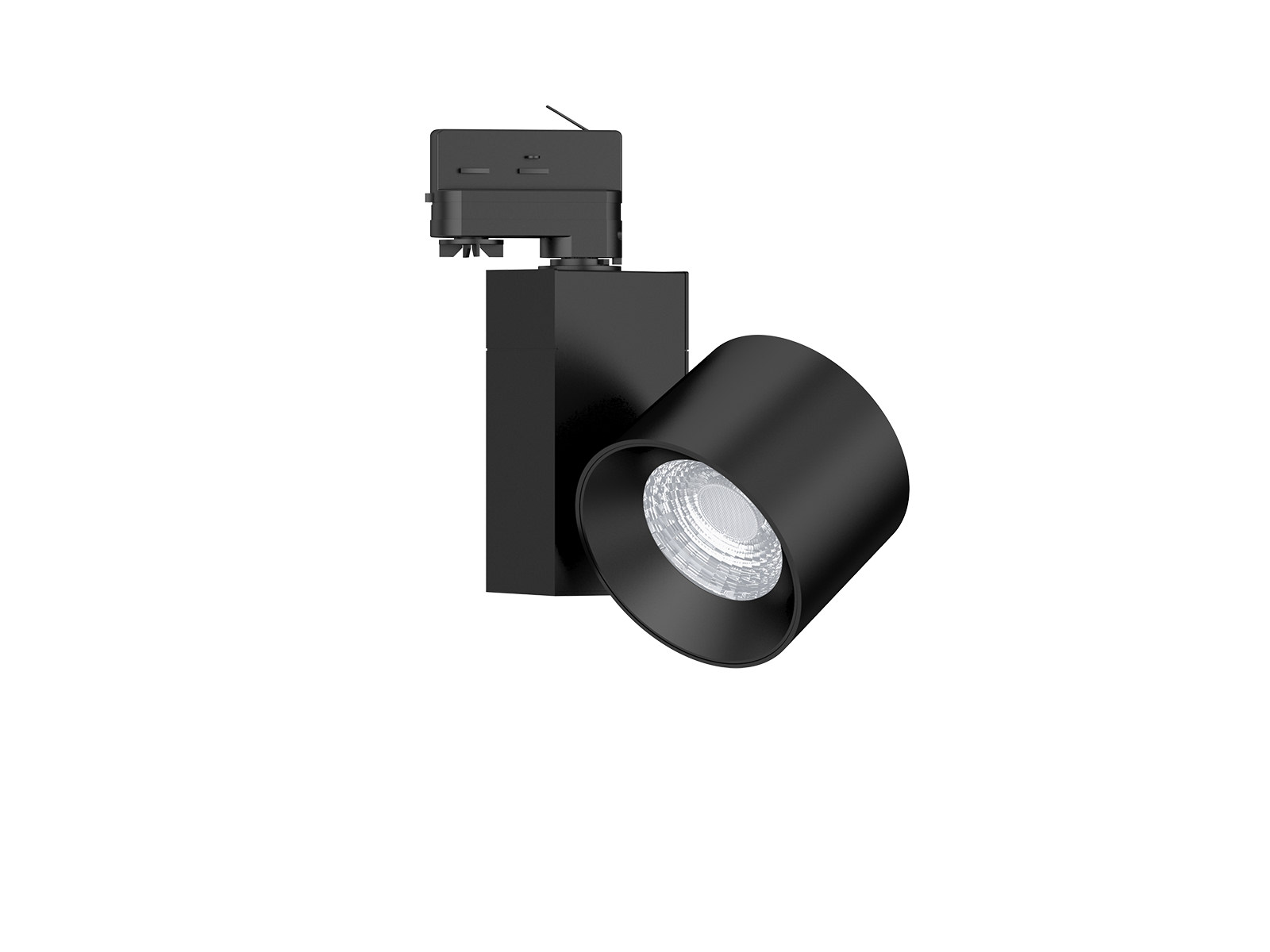
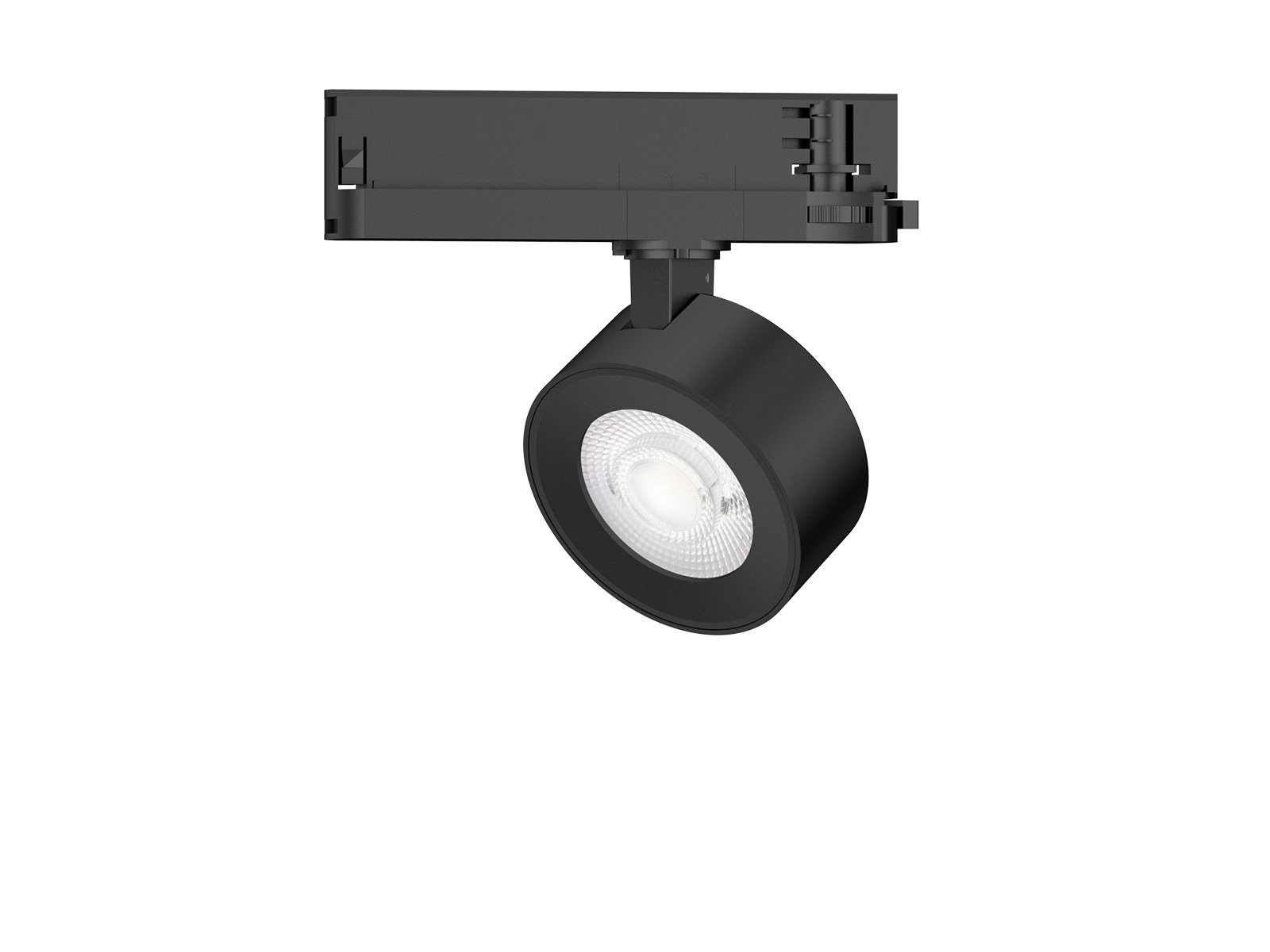
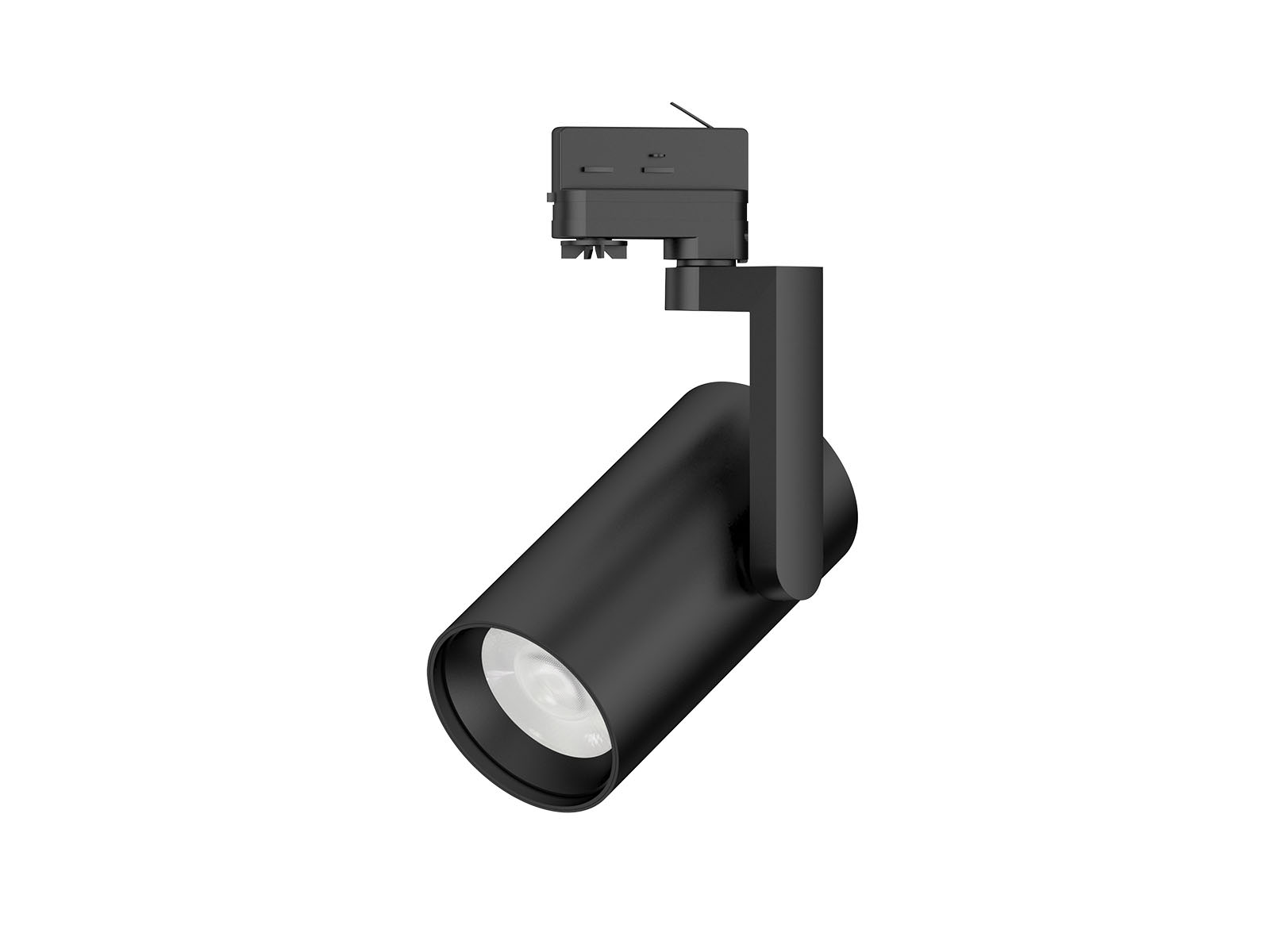
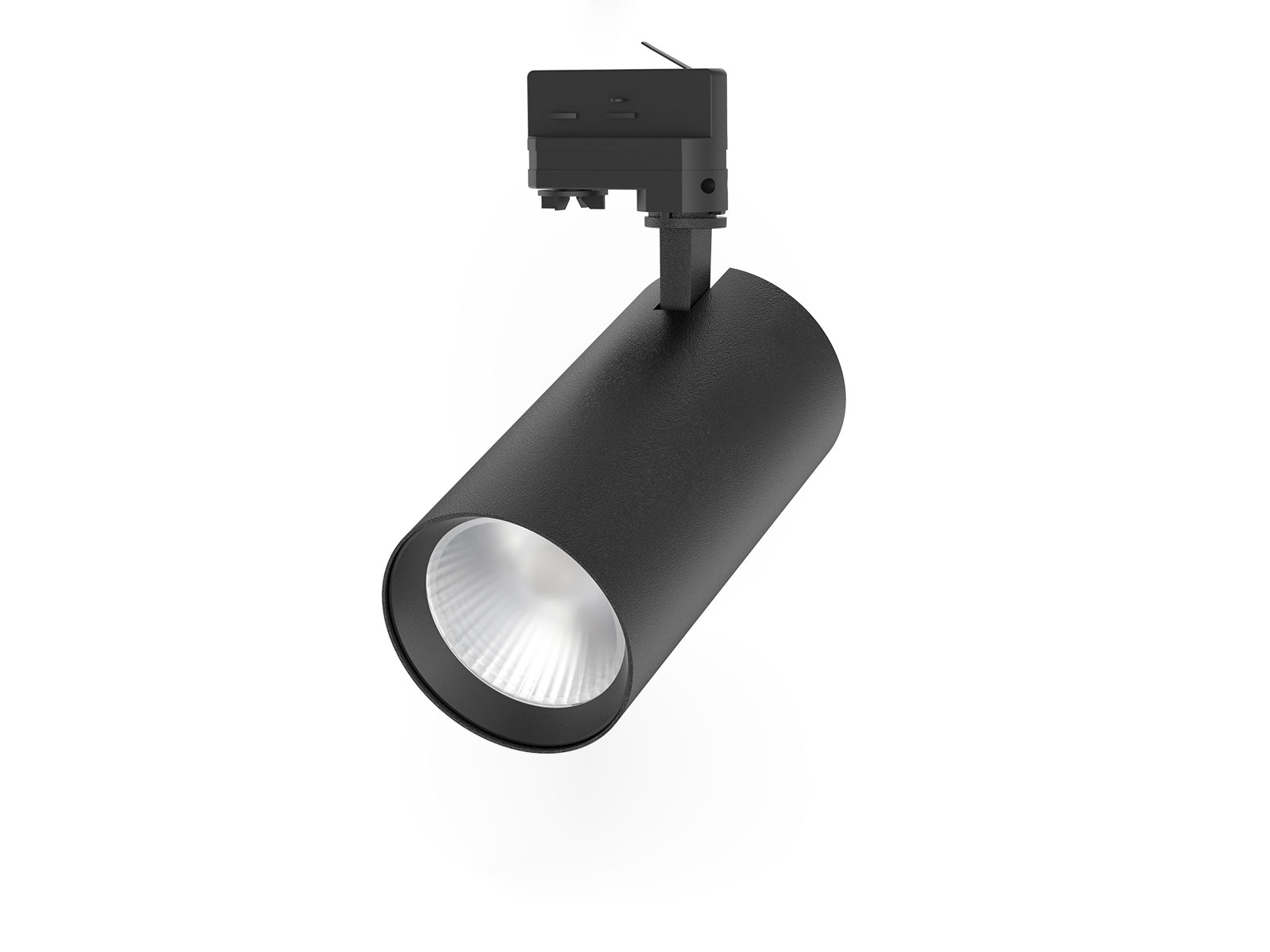
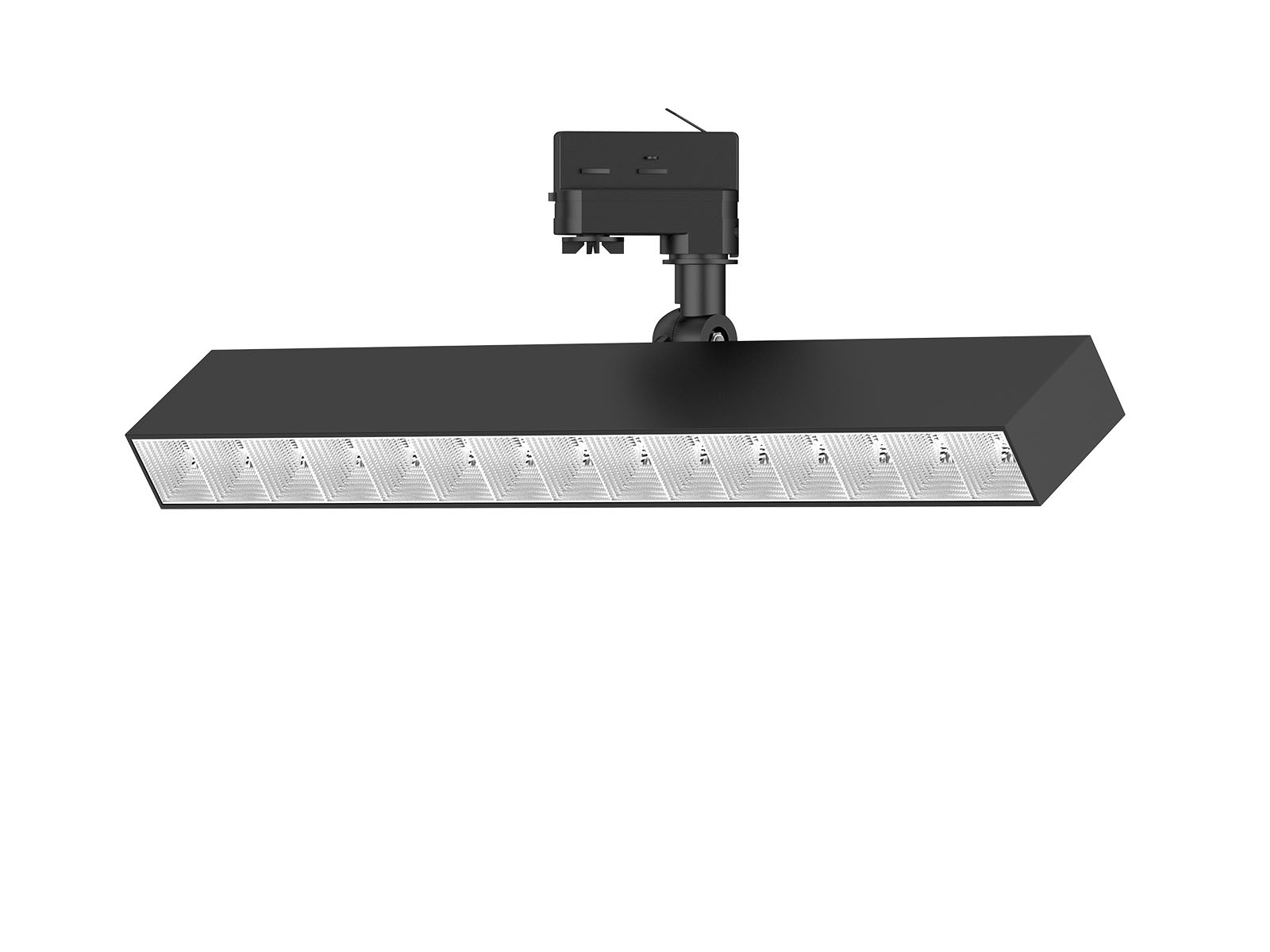
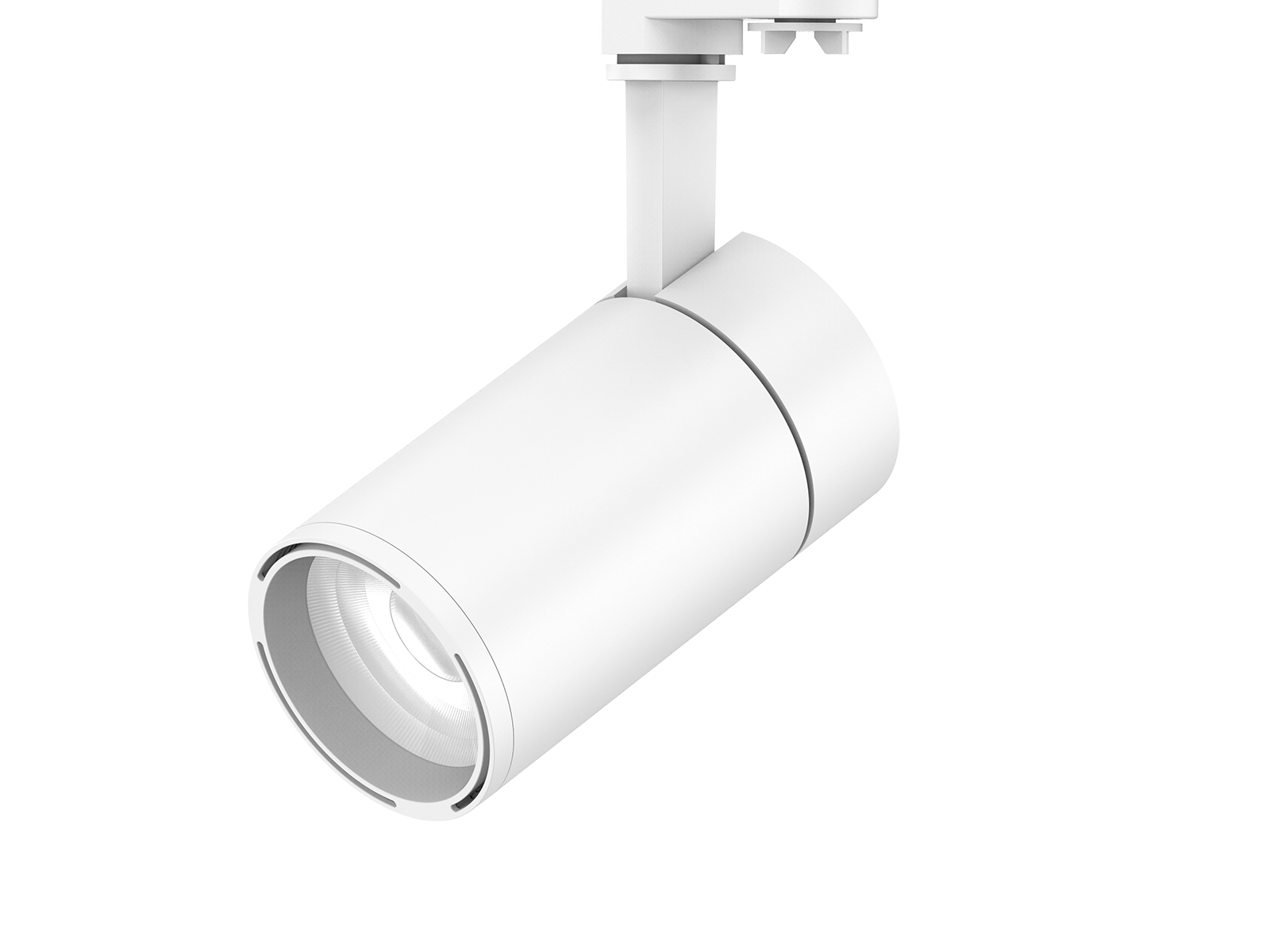
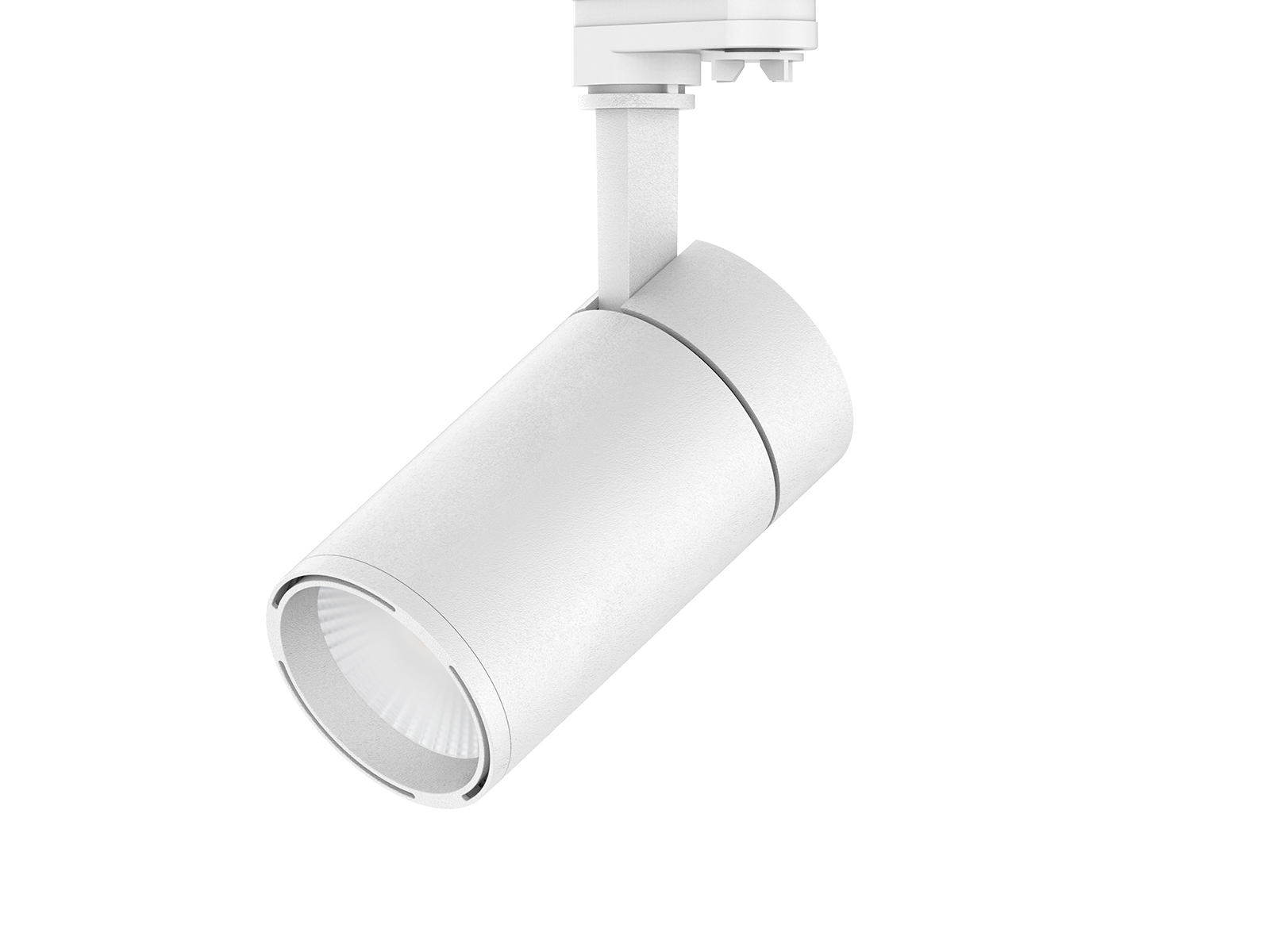
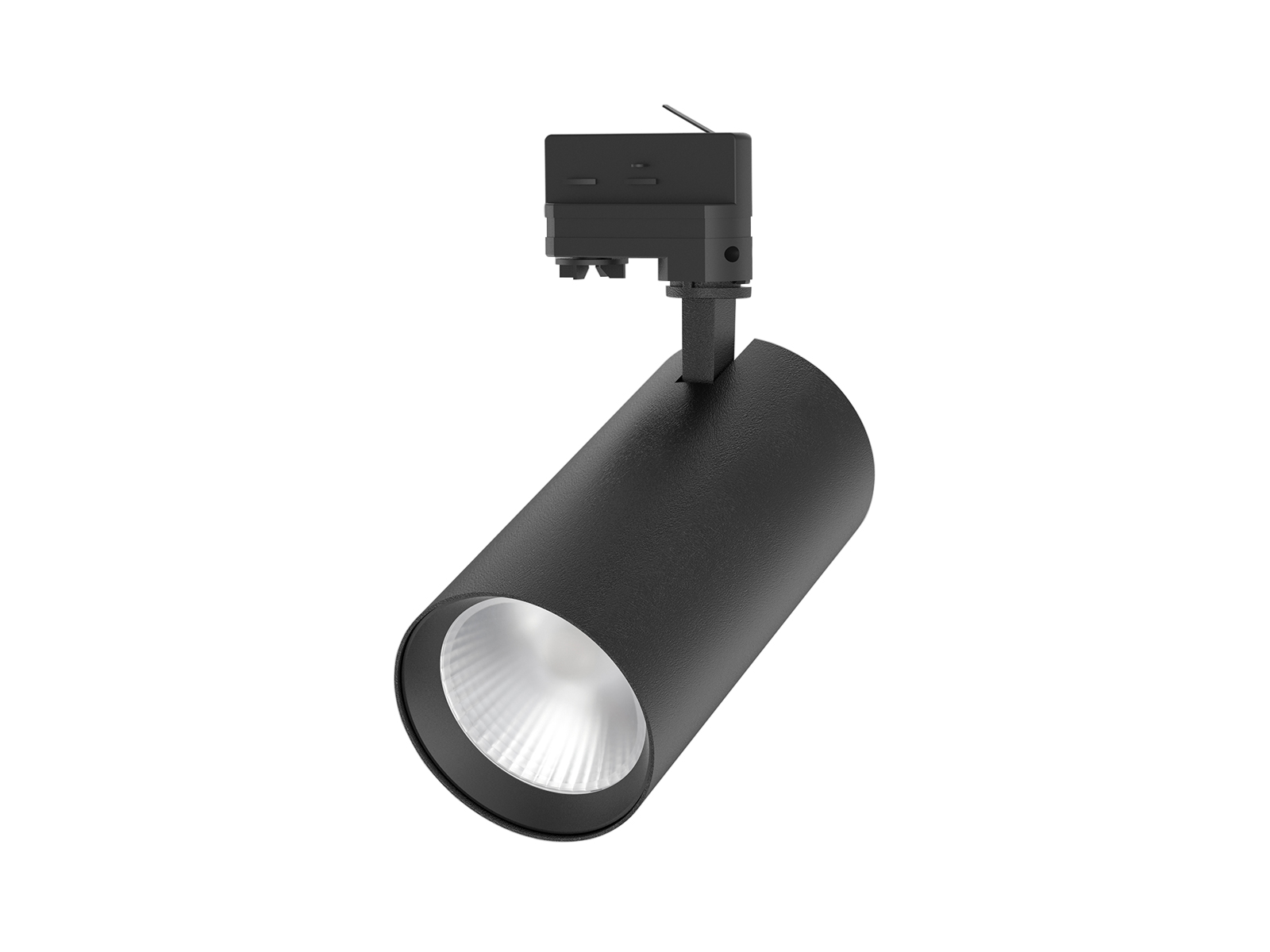
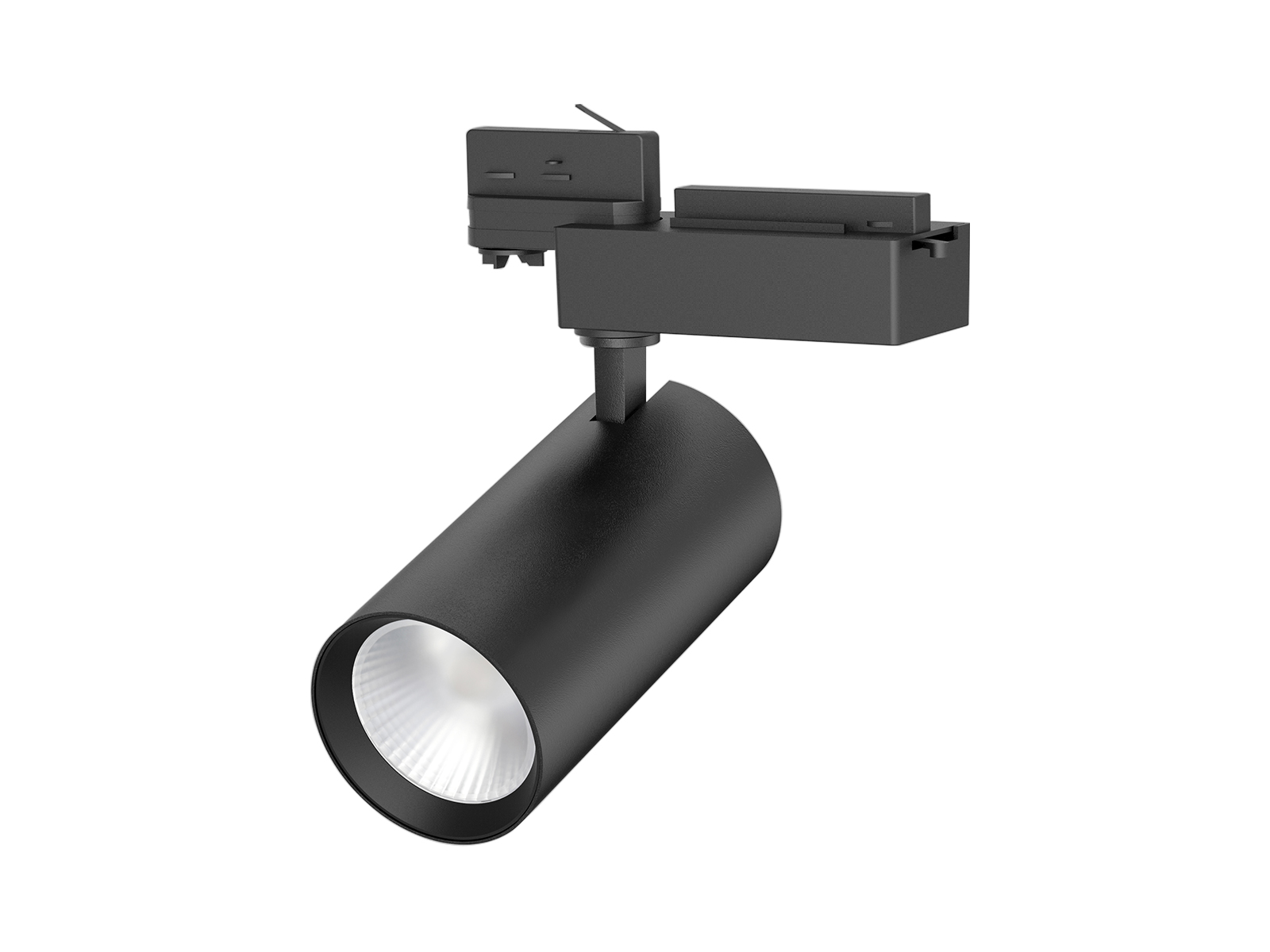
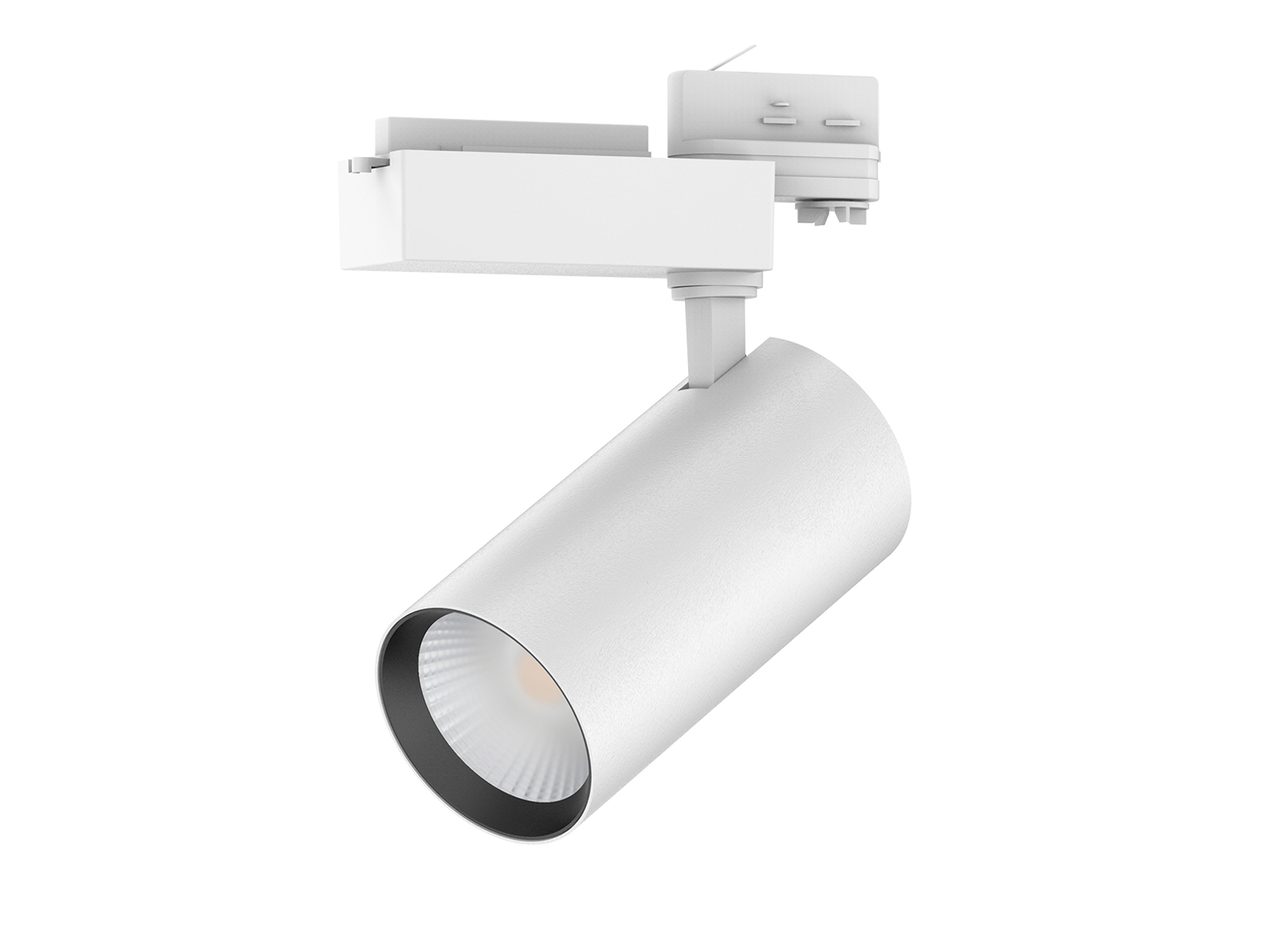
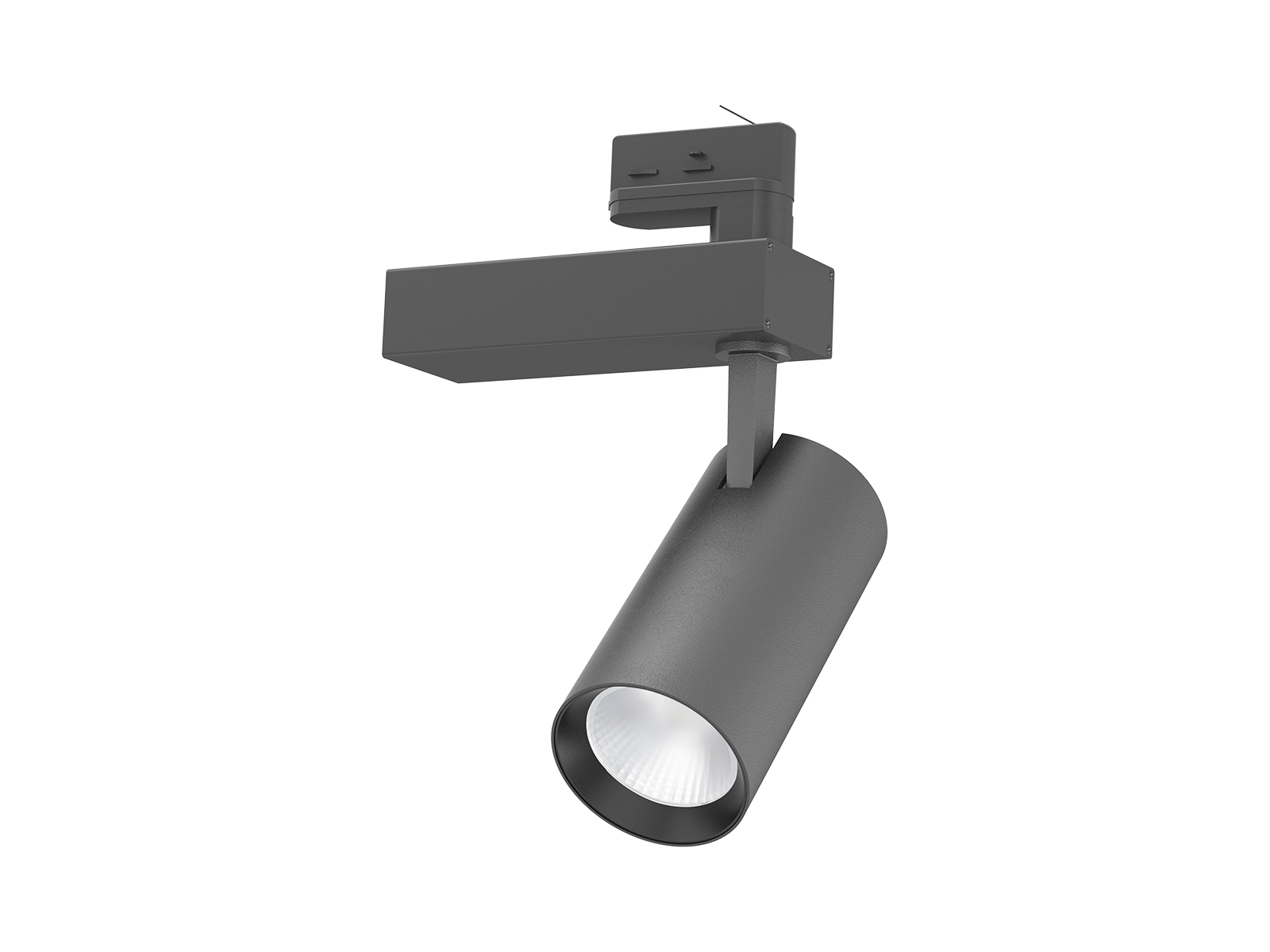
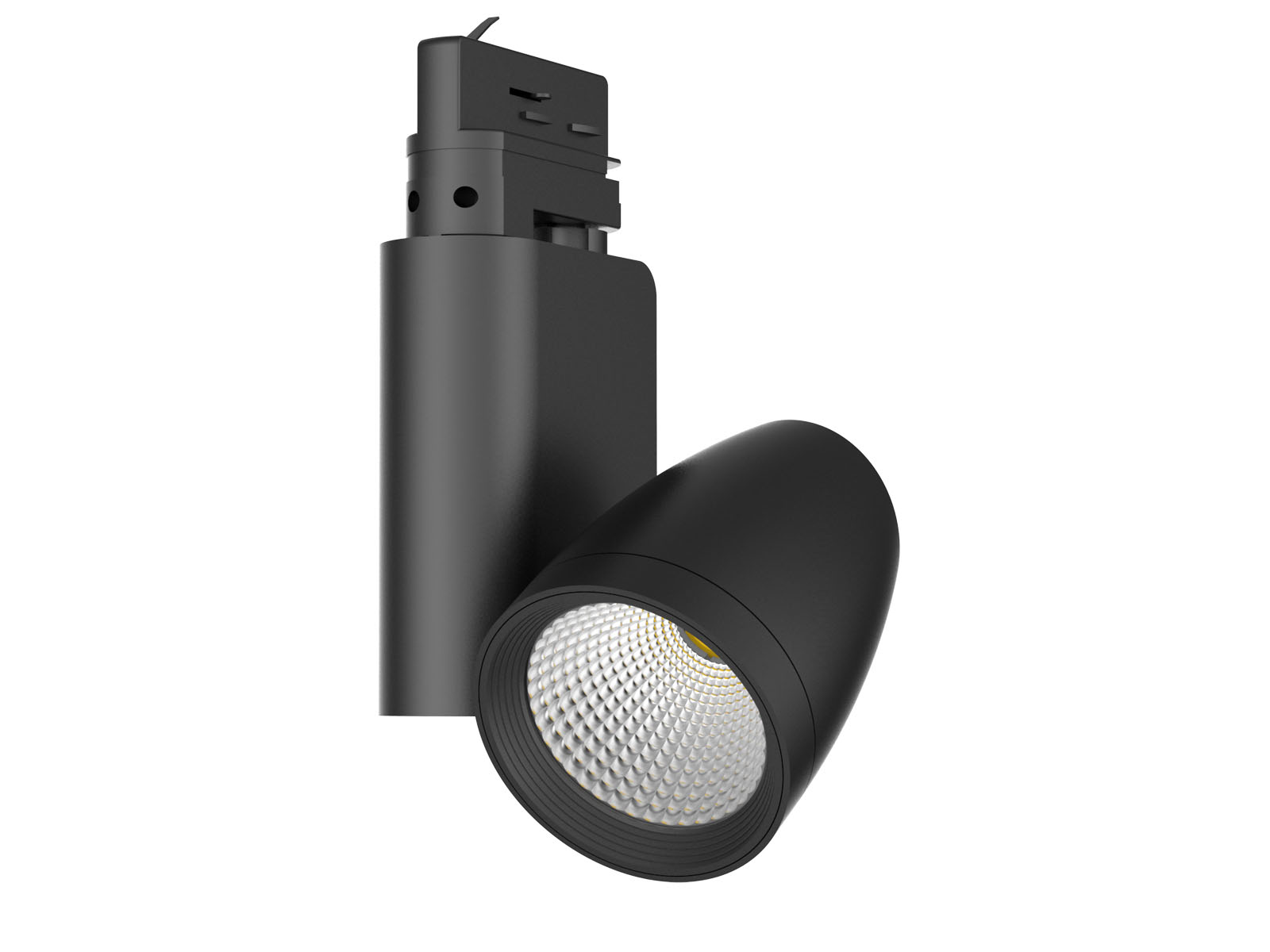
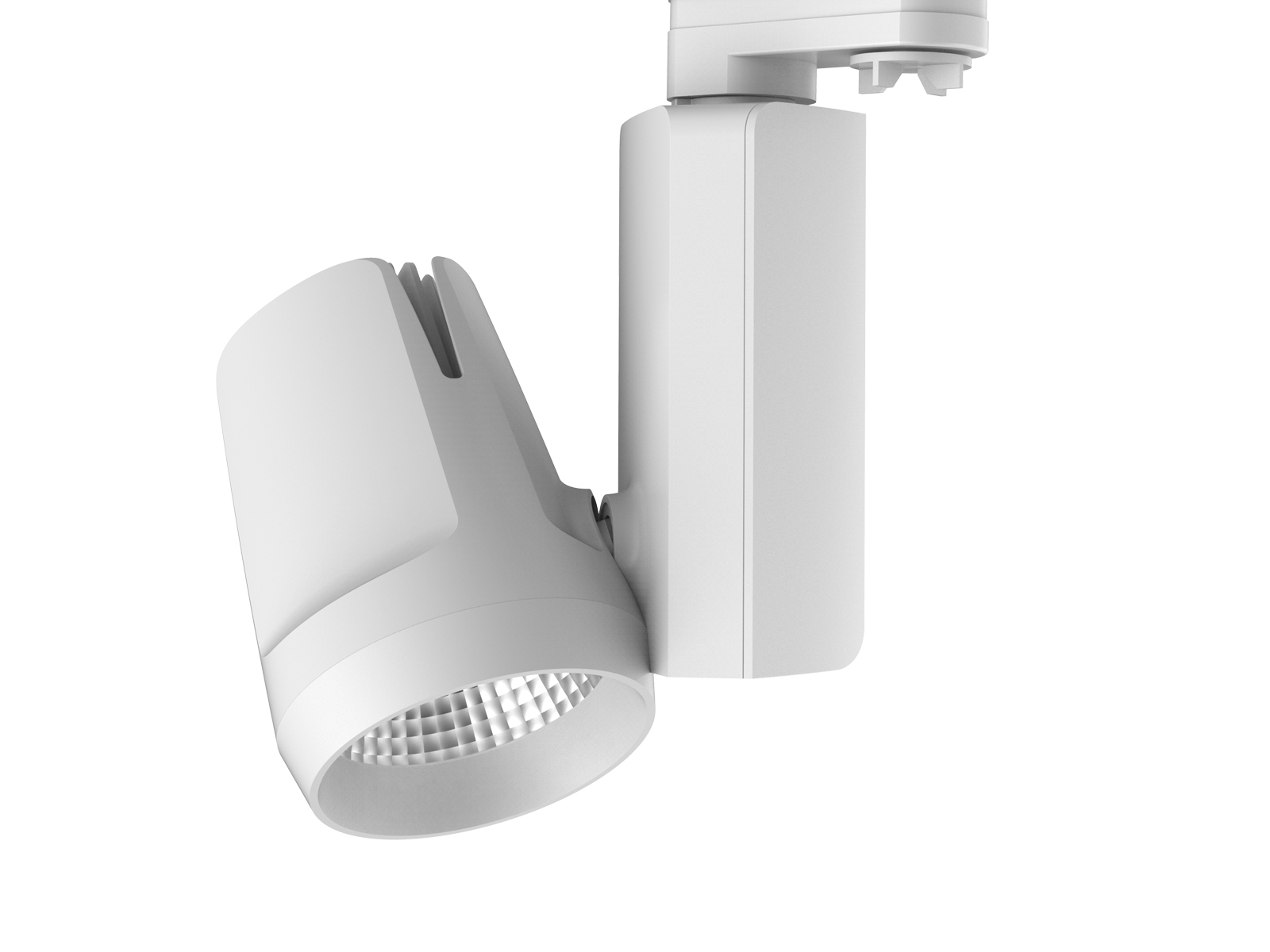
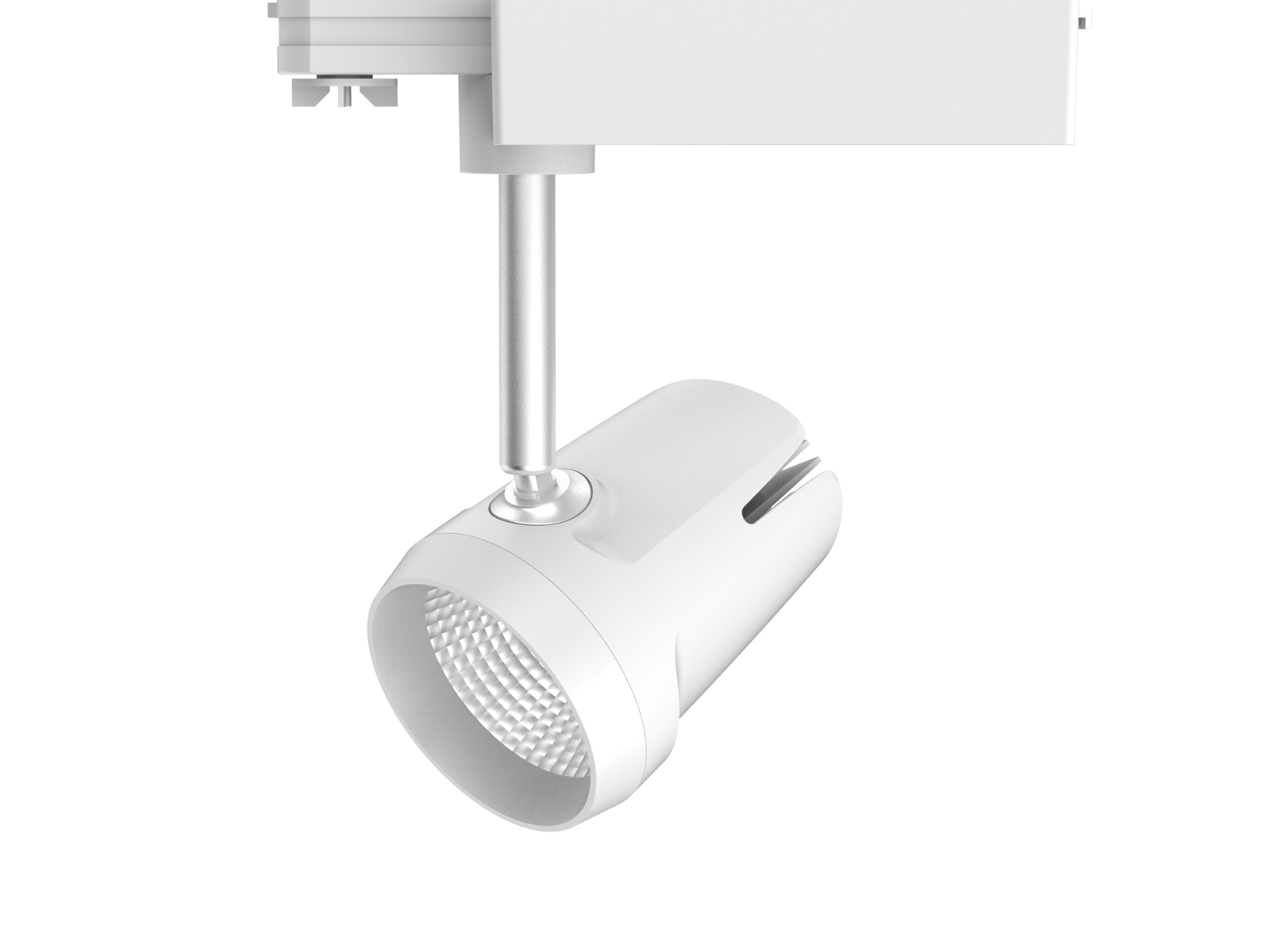
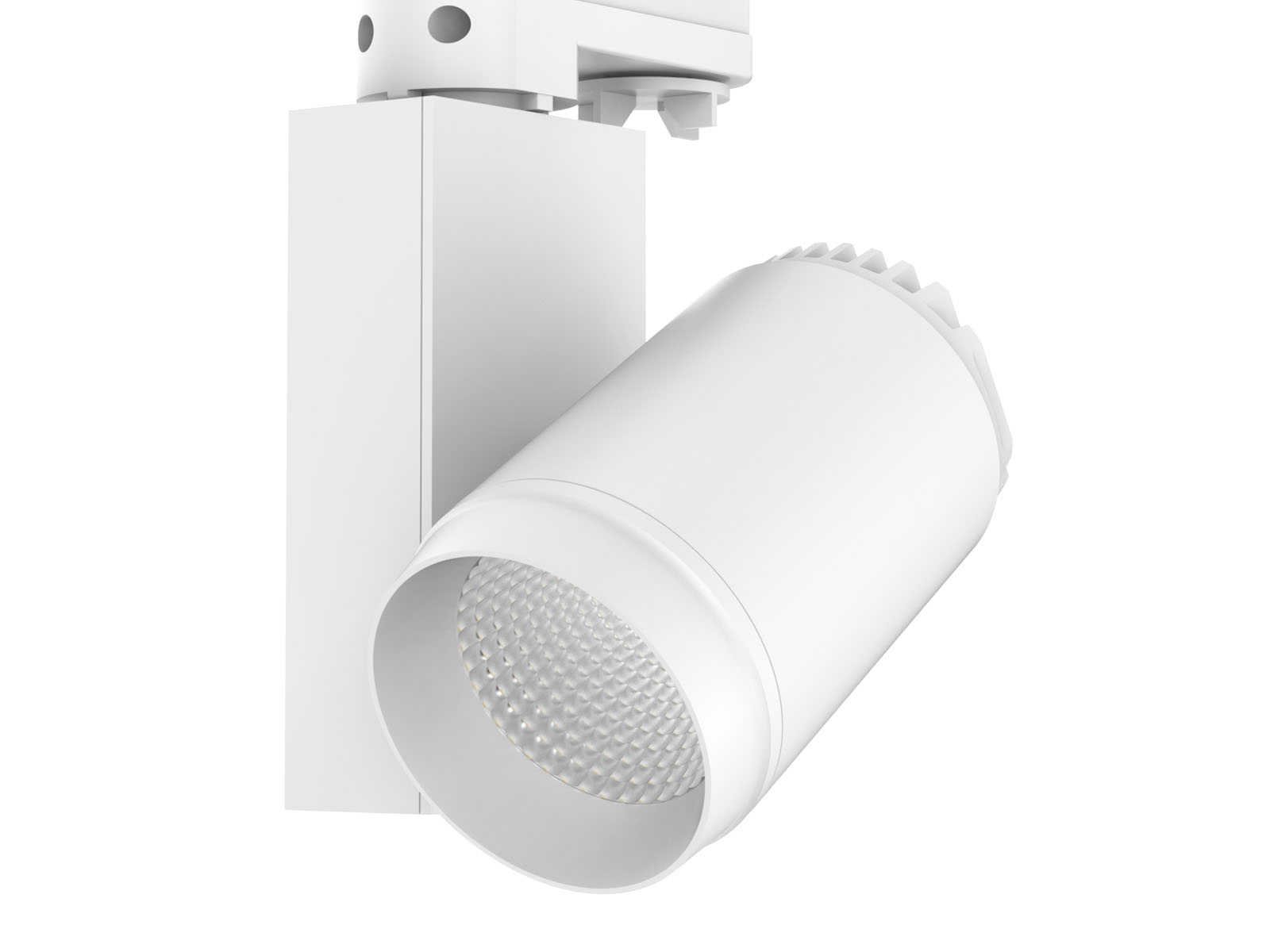
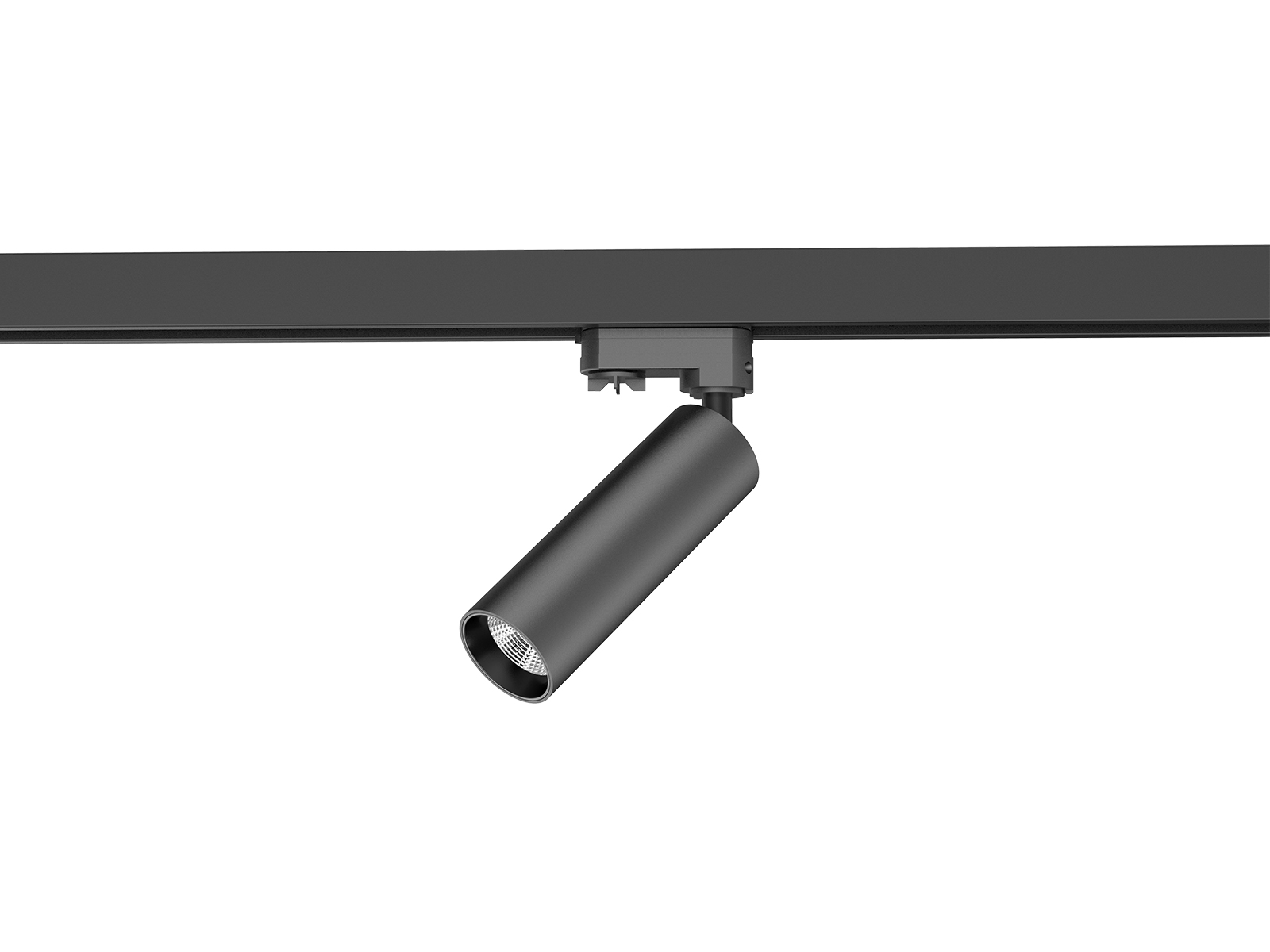
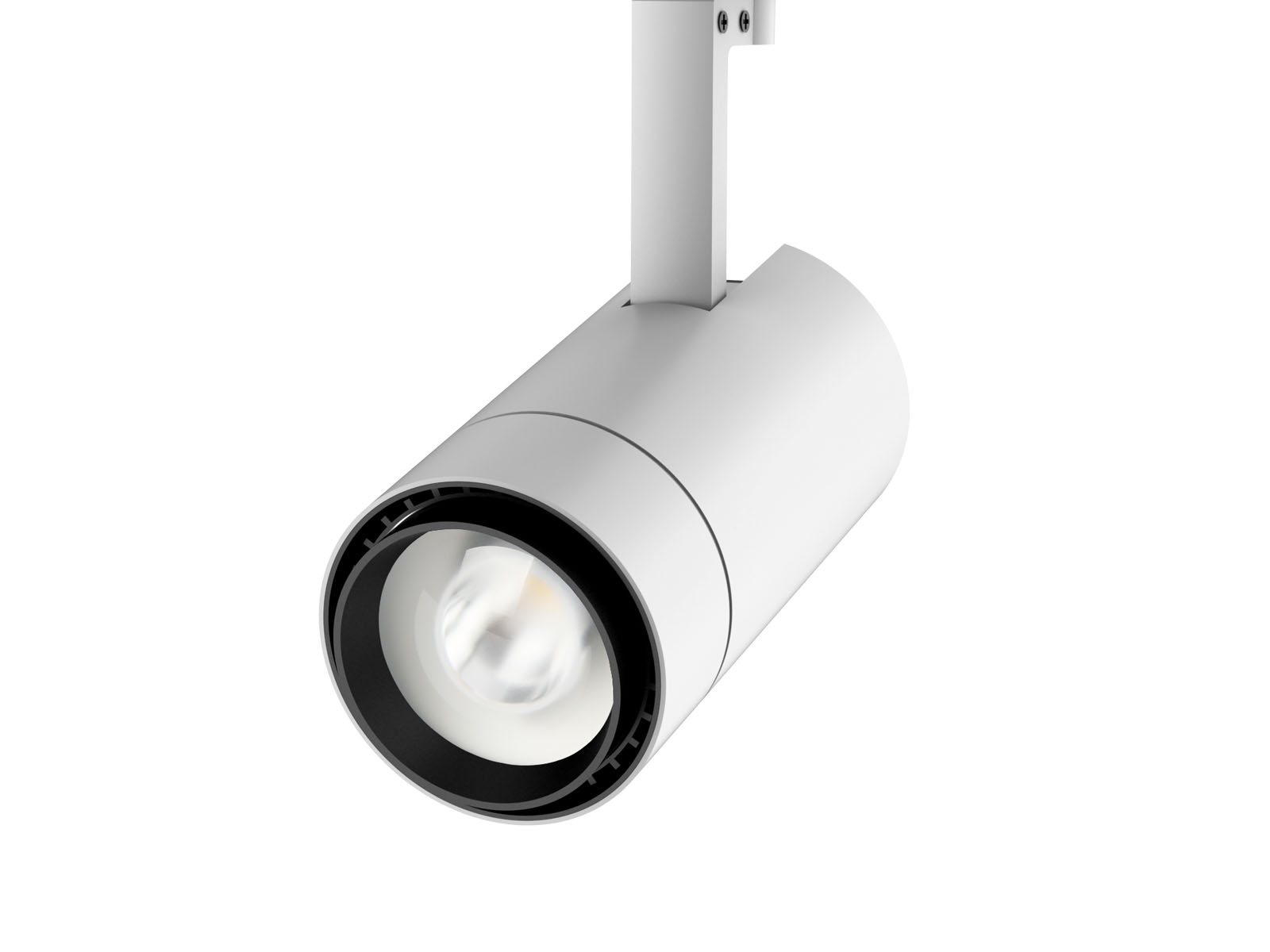
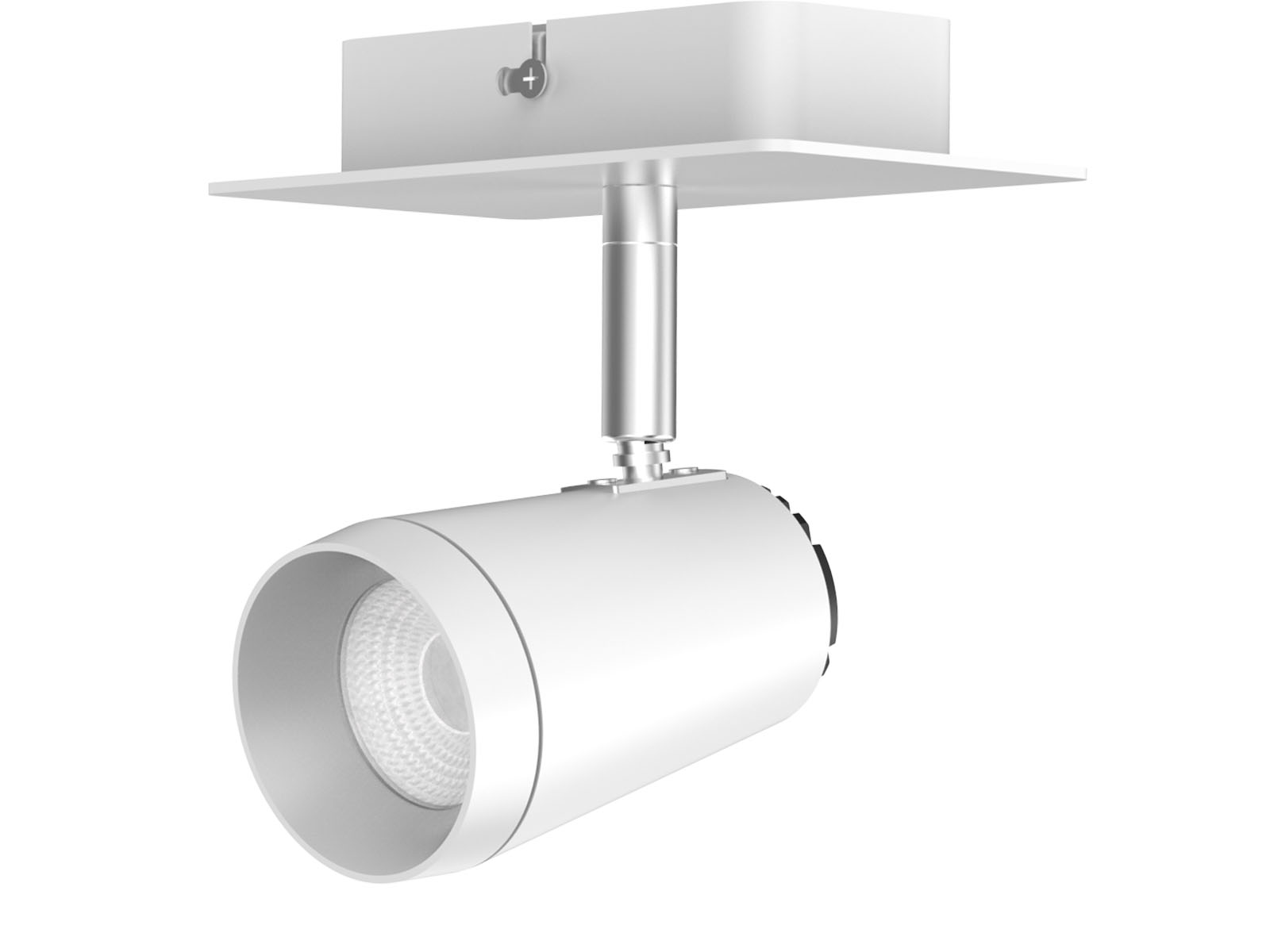
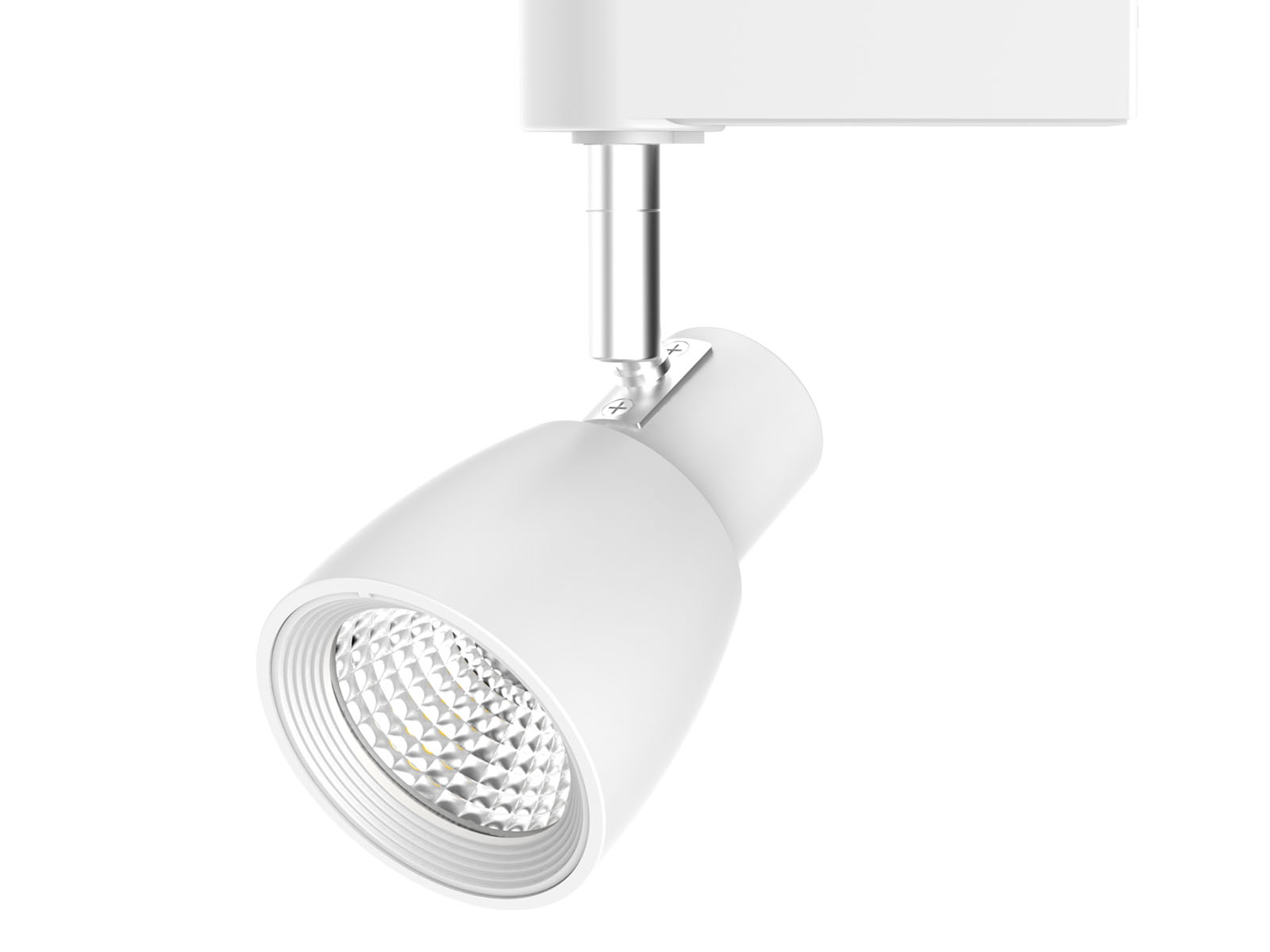

Track lighting is a type of lighting system that uses a track or rail to mount multiple light fixtures in a linear configuration. The track is typically mounted on the ceiling or a wall, and the light fixtures can be easily adjusted along the track to direct light where it is needed.
Track lighting is popular in both residential and commercial settings because it provides flexibility in lighting design and allows for easy adjustment of the light direction and intensity. It is often used for accent lighting, highlighting artwork or architectural features, or for general lighting in areas where a fixed light fixture may not be practical.
There are several types of track lighting systems available, including H-type, J-type, and L-type tracks, each with its own specific mounting configuration and compatibility with different types of light fixtures. The light fixtures themselves can come in a variety of shapes and sizes, including spotlights, floodlights, and pendants, allowing for a wide range of lighting effects and styles.
H-type, J-type, and L-type tracks are different types of track lighting systems that differ in their shape and mounting configuration.
H-type tracks have a profile resembling the letter "H" when viewed from the side. The carriers or gliders for H-type tracks are designed to slide along the horizontal channels formed by the two vertical bars of the "H" shape. This design allows for smooth movement of the carriers, and the tracks can be used for both straight and curved applications. H-type tracks are commonly used for heavy-duty or commercial installations due to their strength and durability.
J-type tracks have a profile that resembles the letter "J" when viewed from the side. The carriers or gliders for J-type tracks are designed to hook into the curved part of the "J" shape, allowing them to slide along the track. J-type tracks are often used for lighter-weight curtains or window treatments and are generally less heavy-duty than H-type tracks. They may not be as suitable for curved applications, but they are a popular choice for residential installations due to their ease of use and lower cost.
L-type tracks have a profile that looks like the letter "L" when viewed from the side. The carriers or gliders for L-type tracks are designed to slide along the horizontal section of the "L" shape. L-type tracks are often used for light to medium-weight curtains or window treatments. They are more versatile than J-type tracks, as they can be used for both straight and curved applications. L-type tracks are a popular choice for residential installations due to their balance of strength, versatility, and affordability.
Therefore, the primary differences between H-type, J-type, and L-type tracks are their profile shapes and the types of carriers or gliders they use. These differences impact their suitability for various applications, weight capacities, and, in some cases, the cost. When choosing the right type of track for your needs, consider the weight and style of your curtains or drapes, as well as whether you need a straight or curved track.